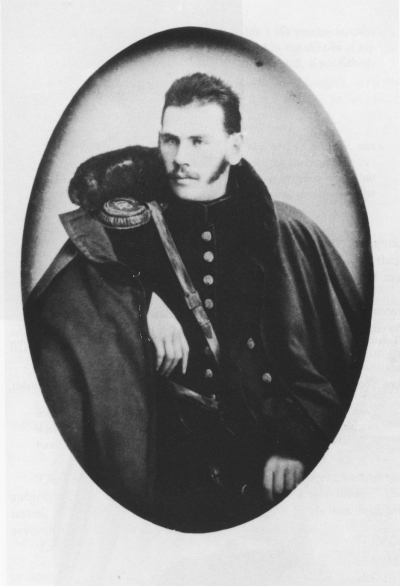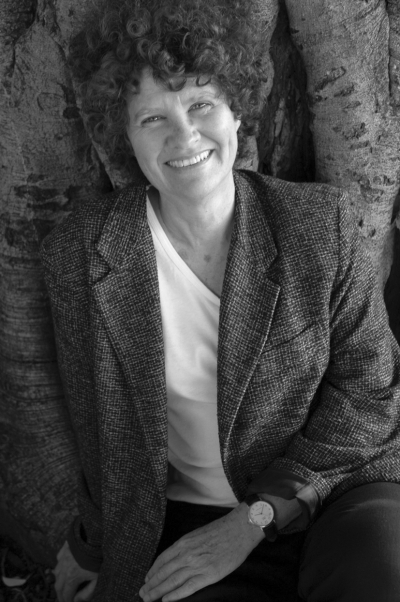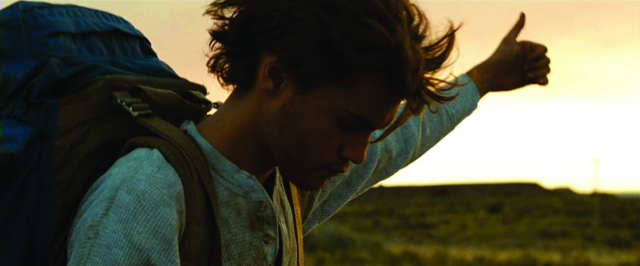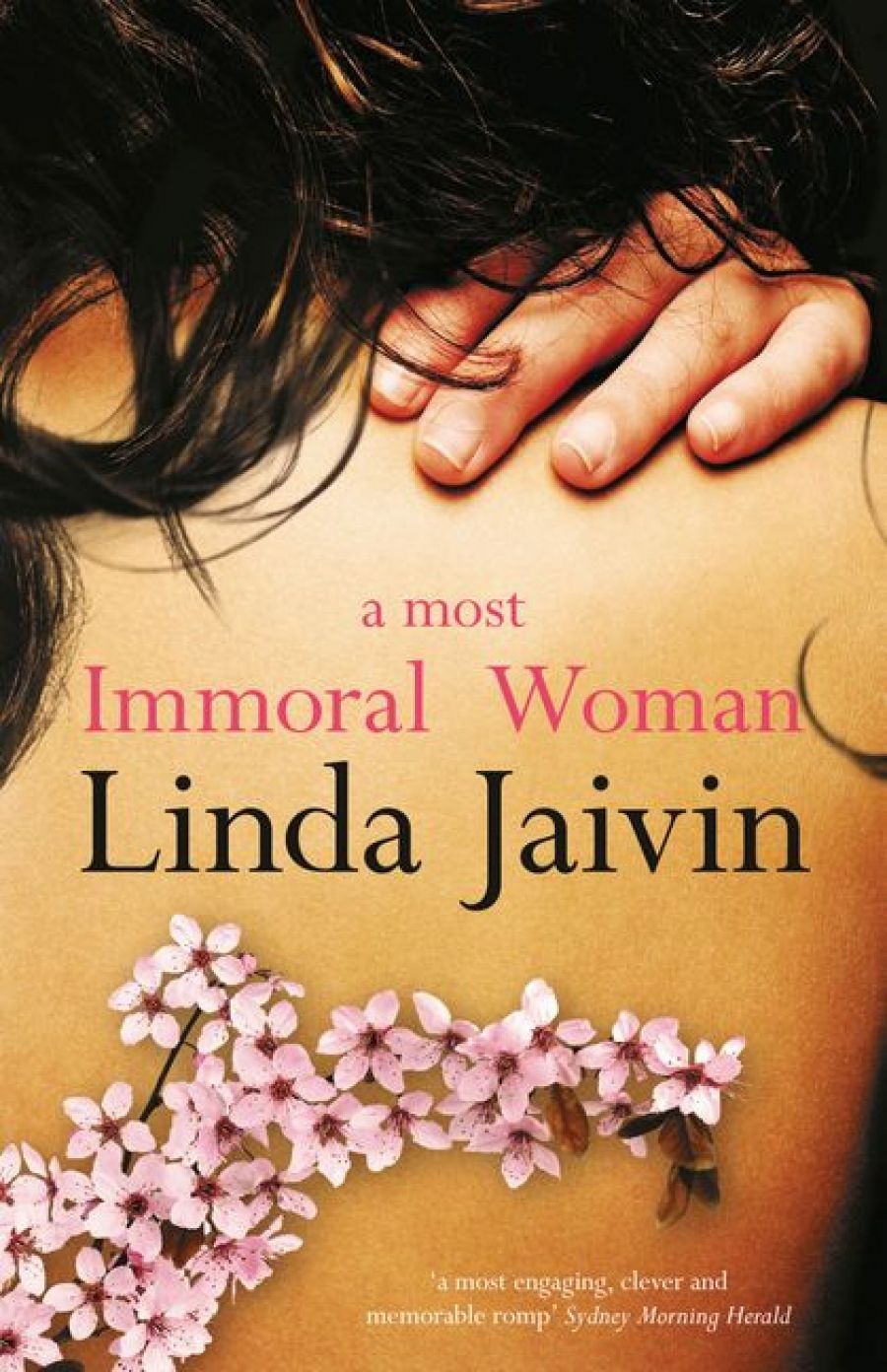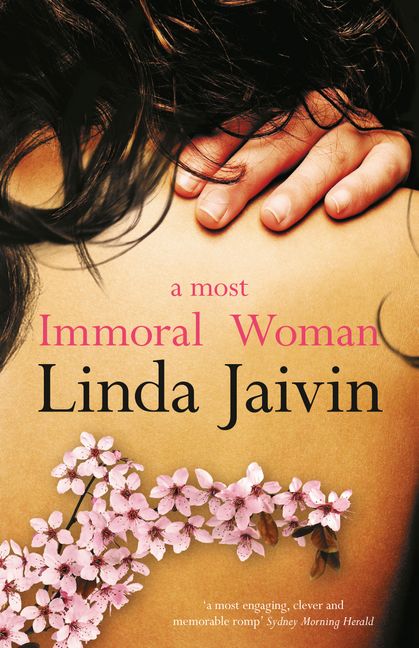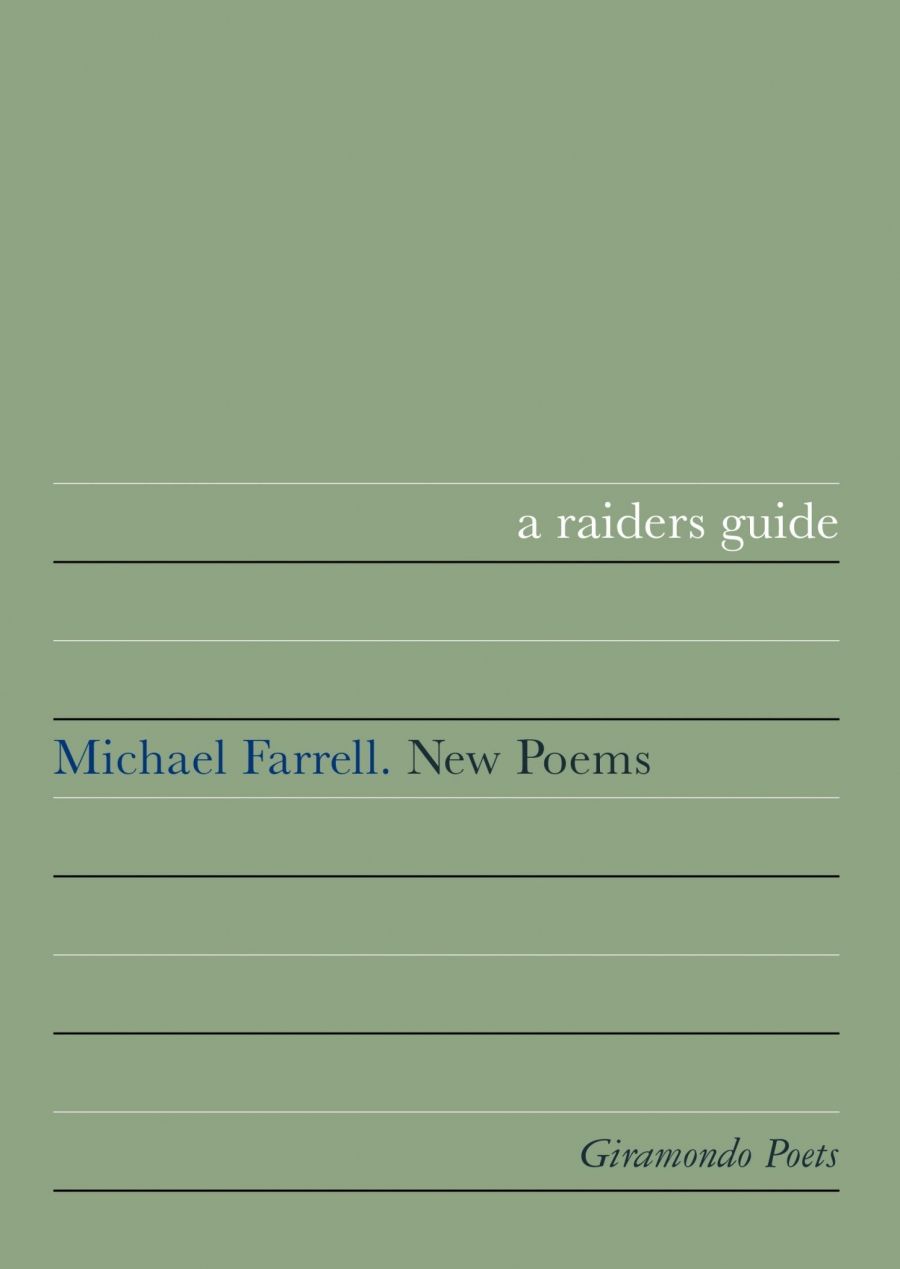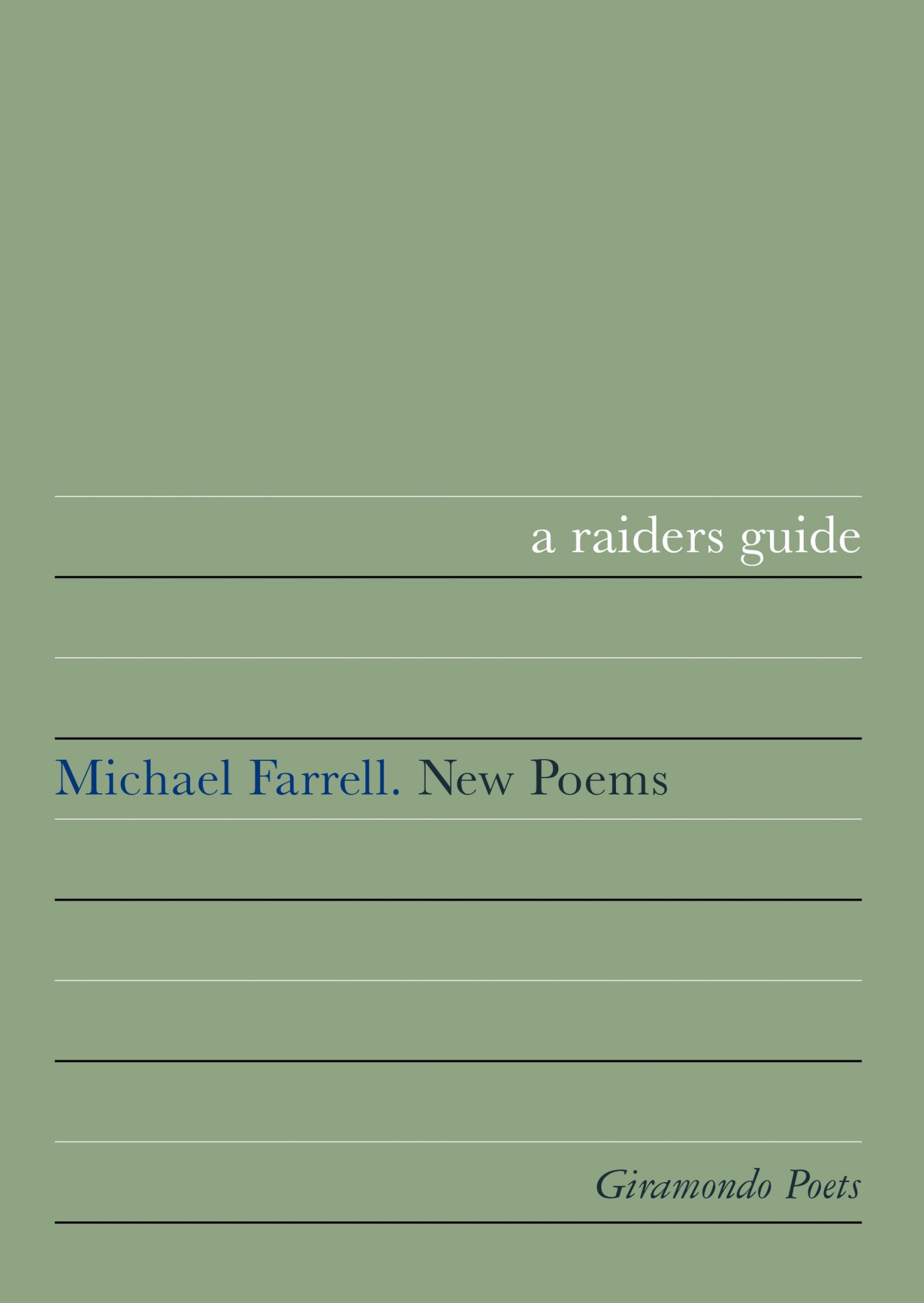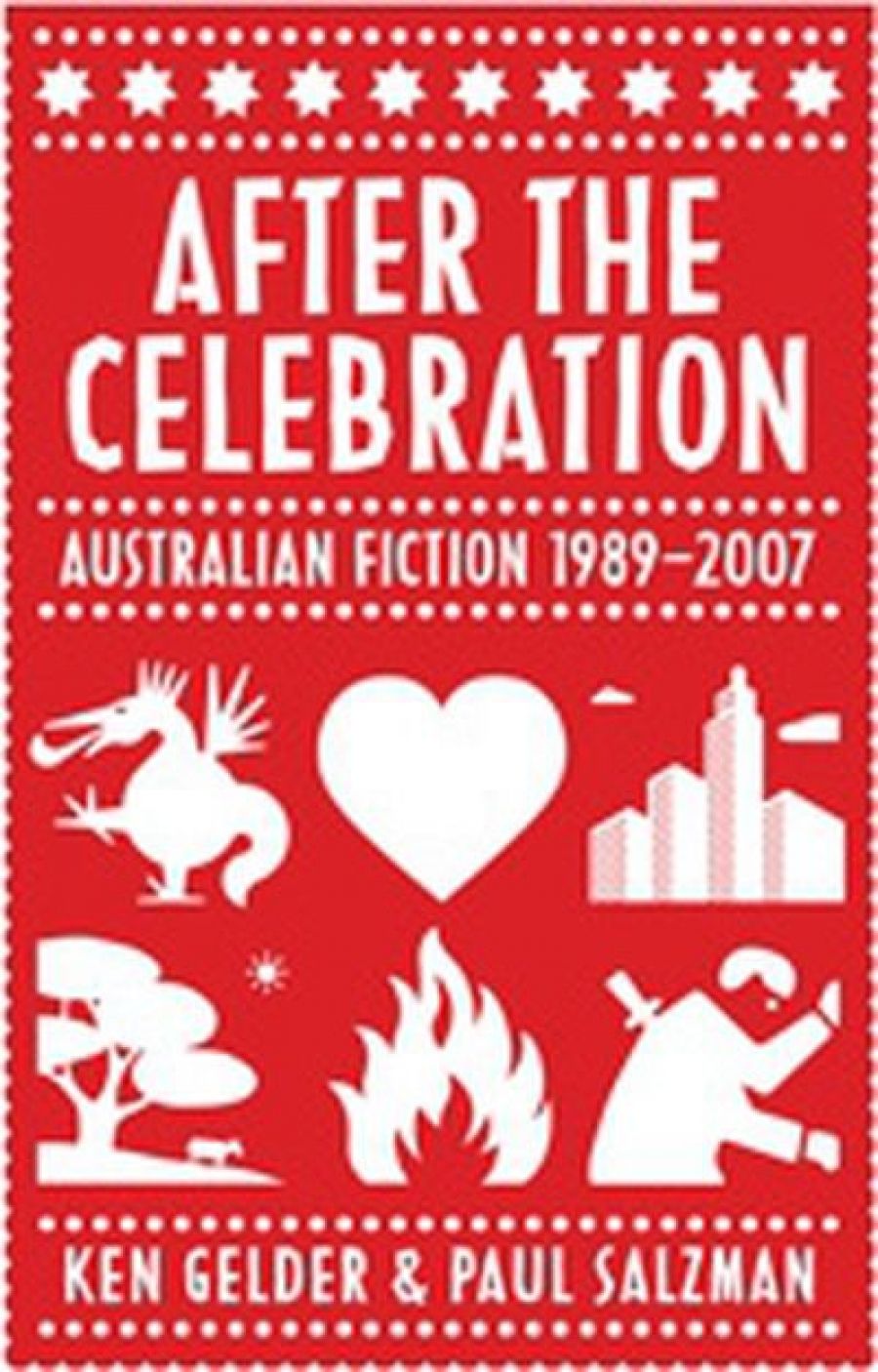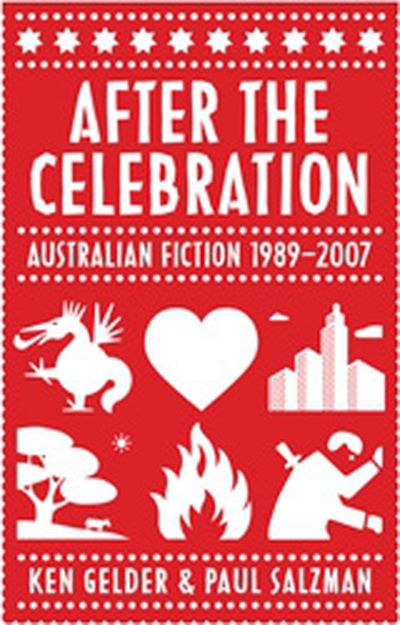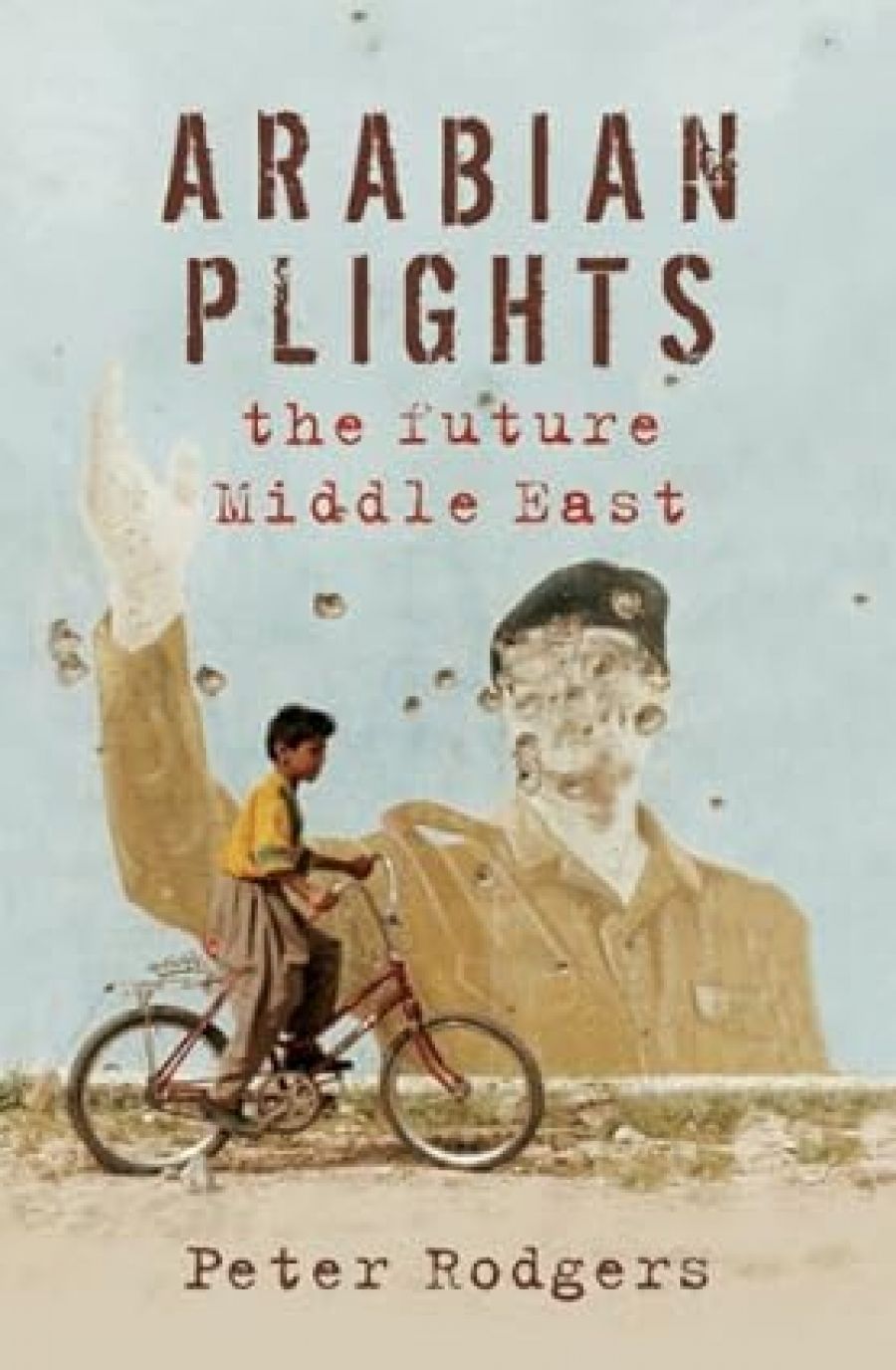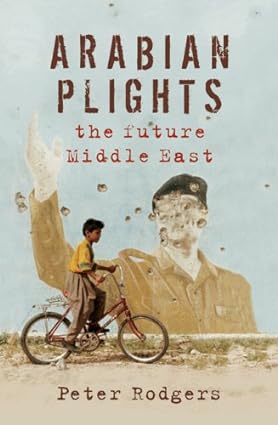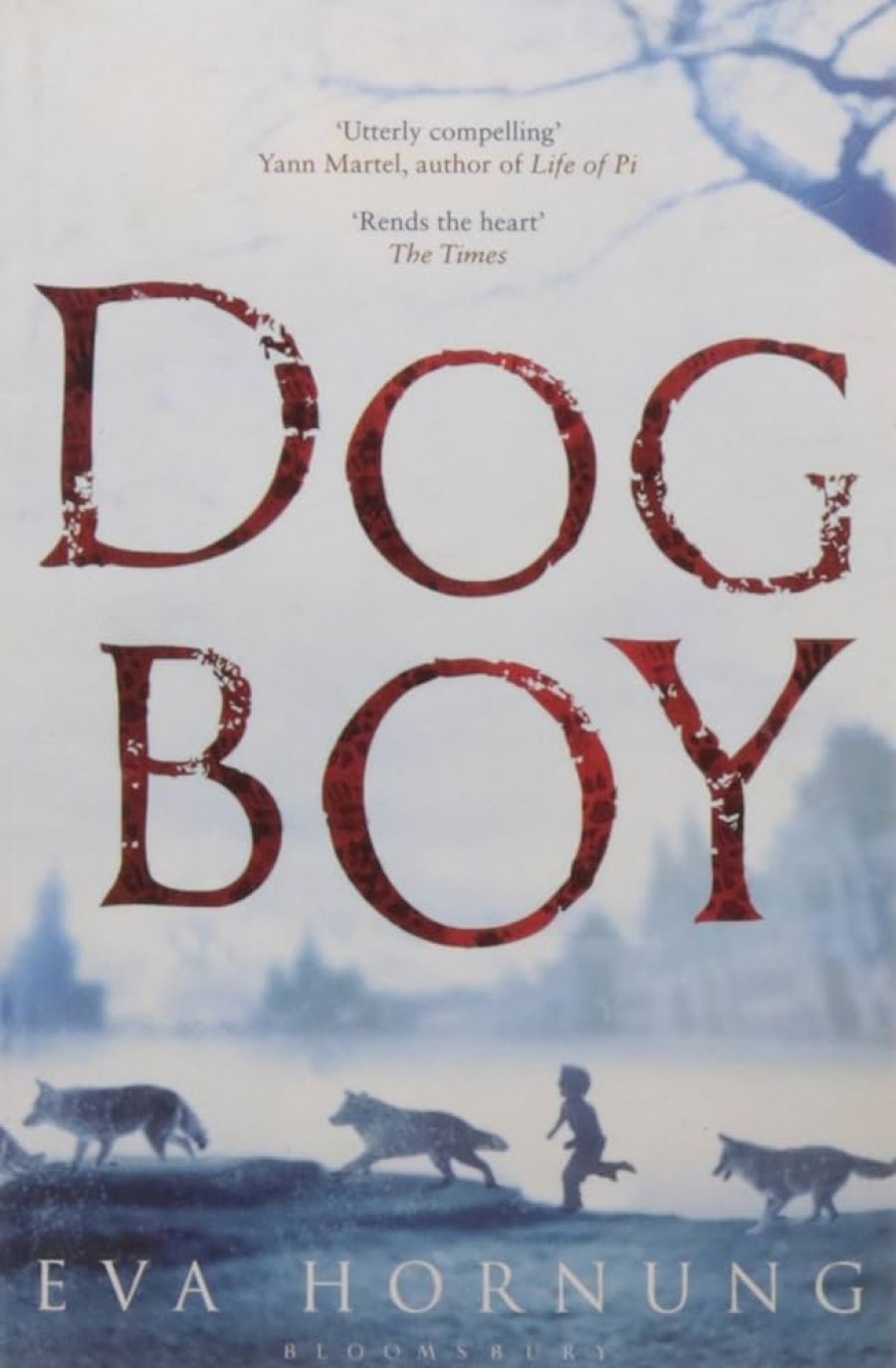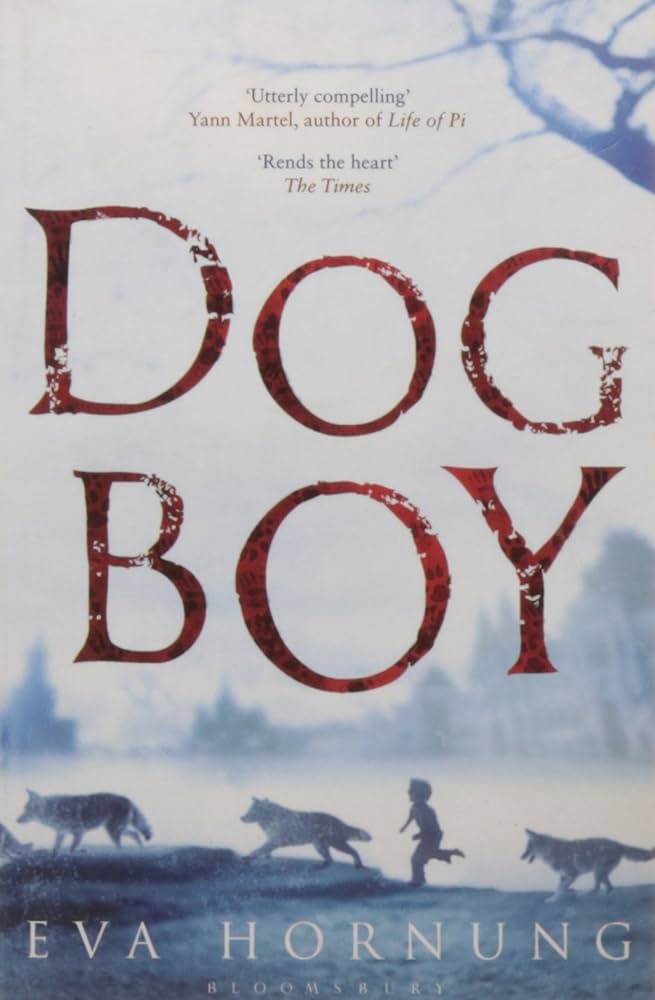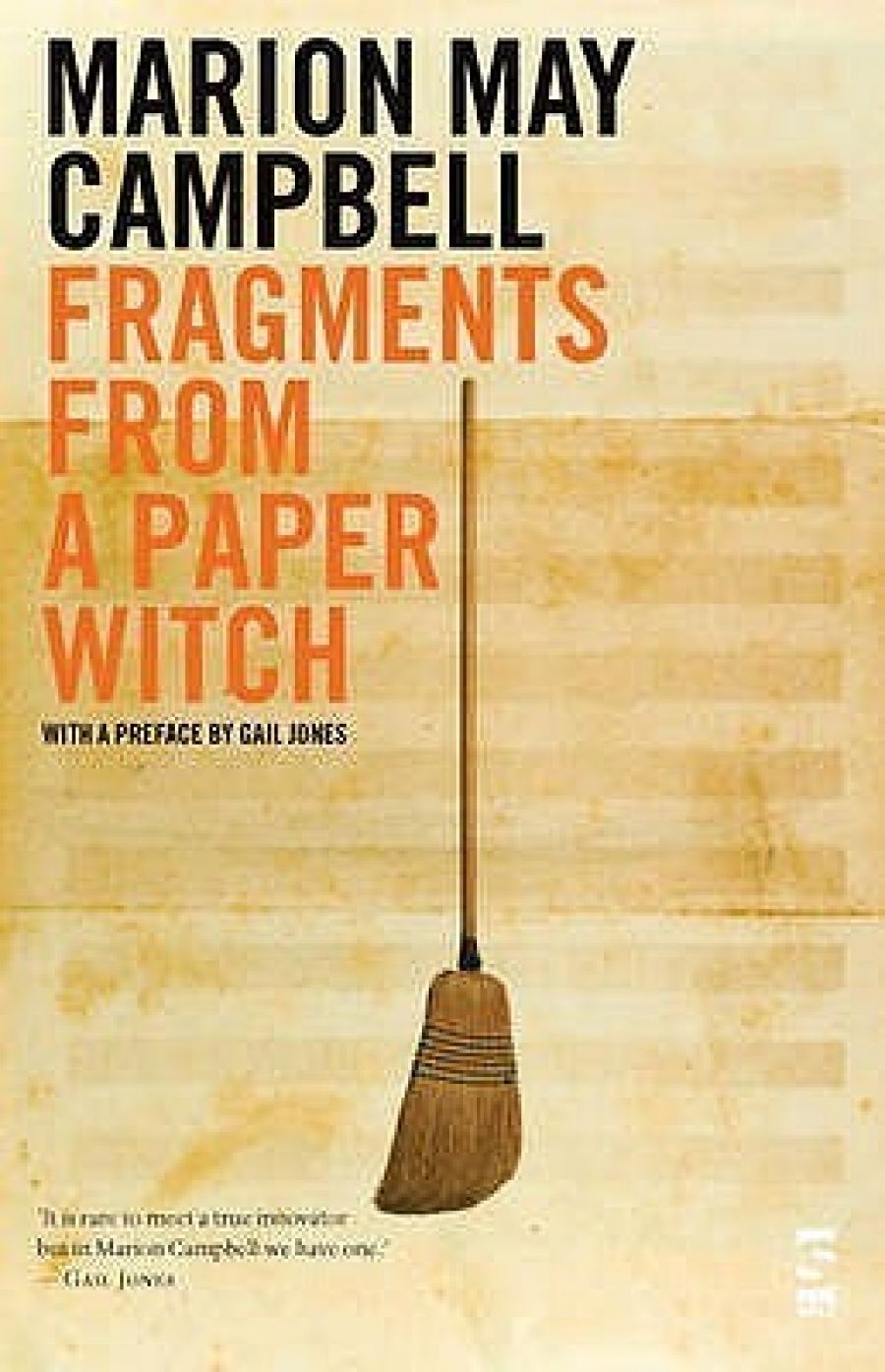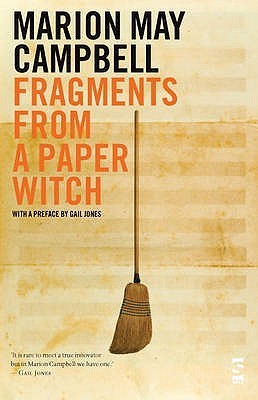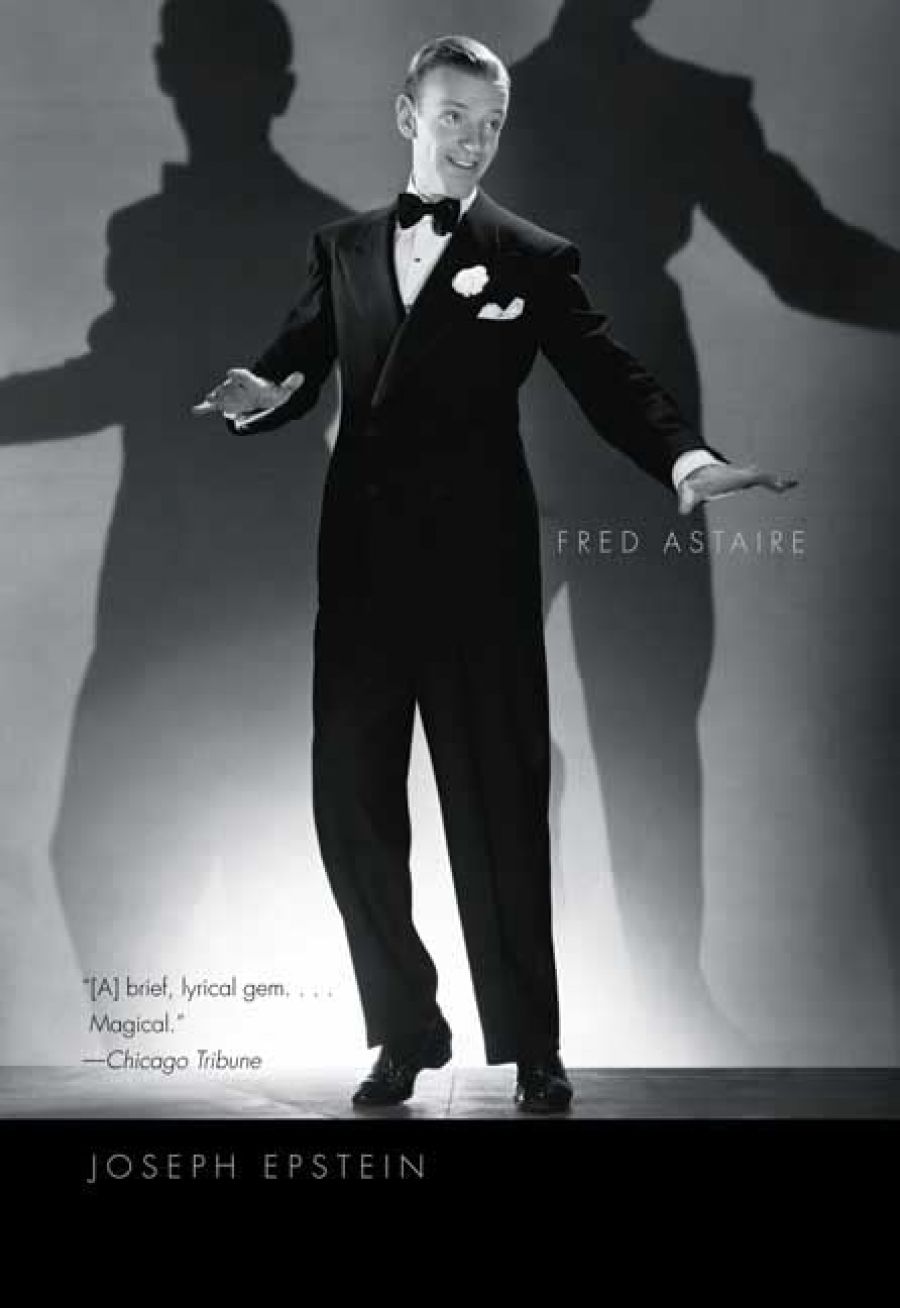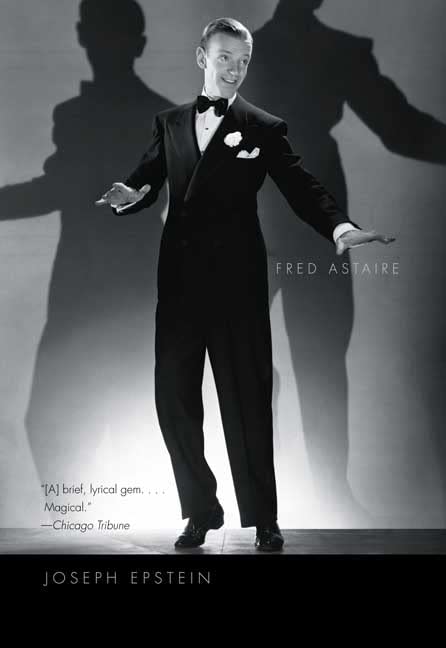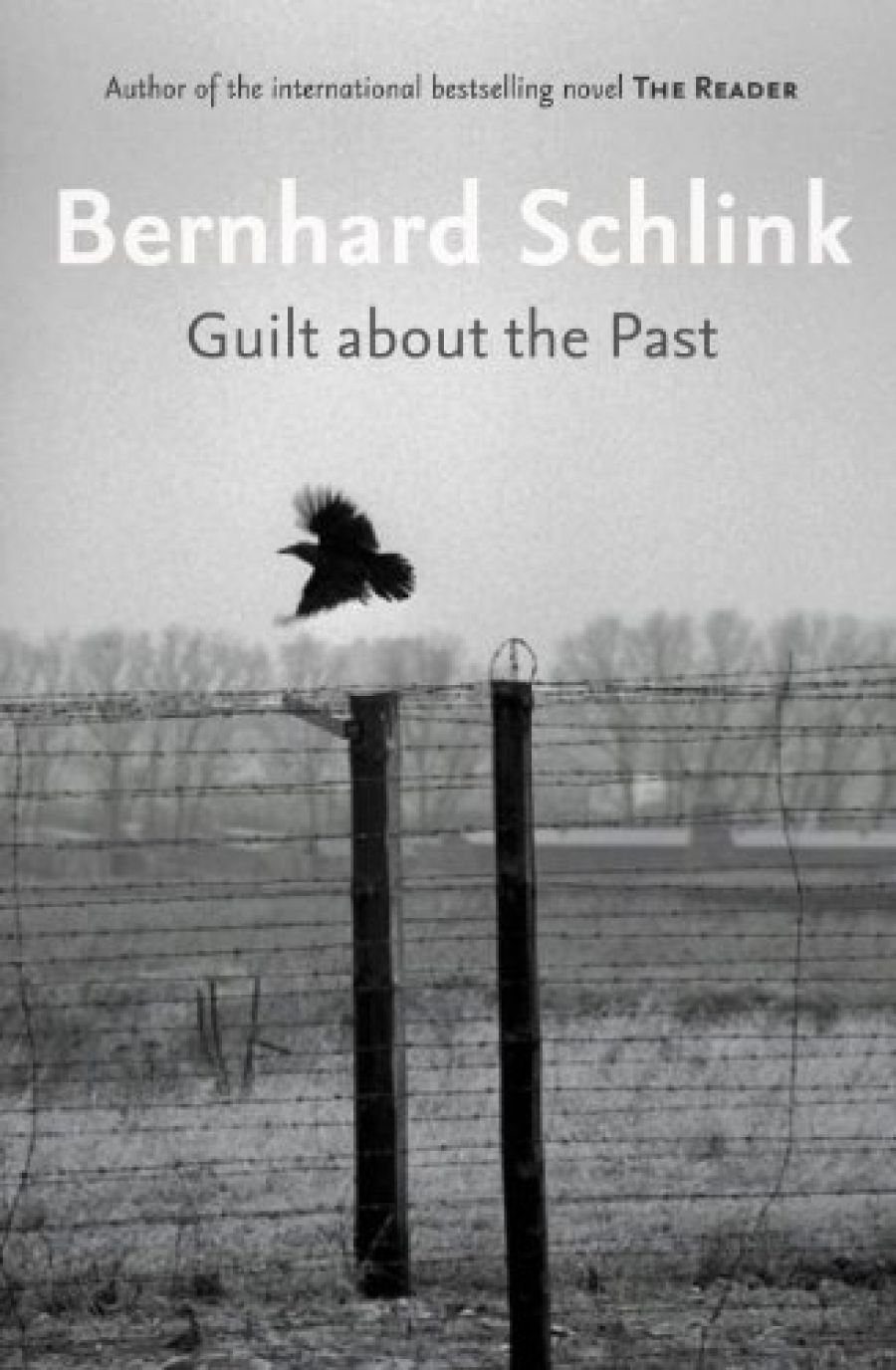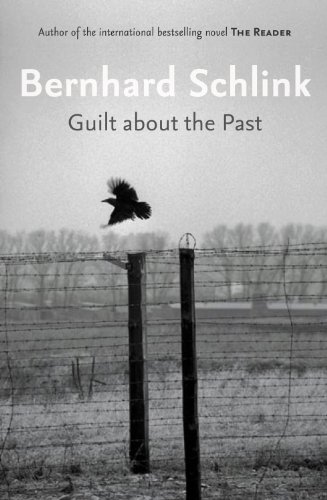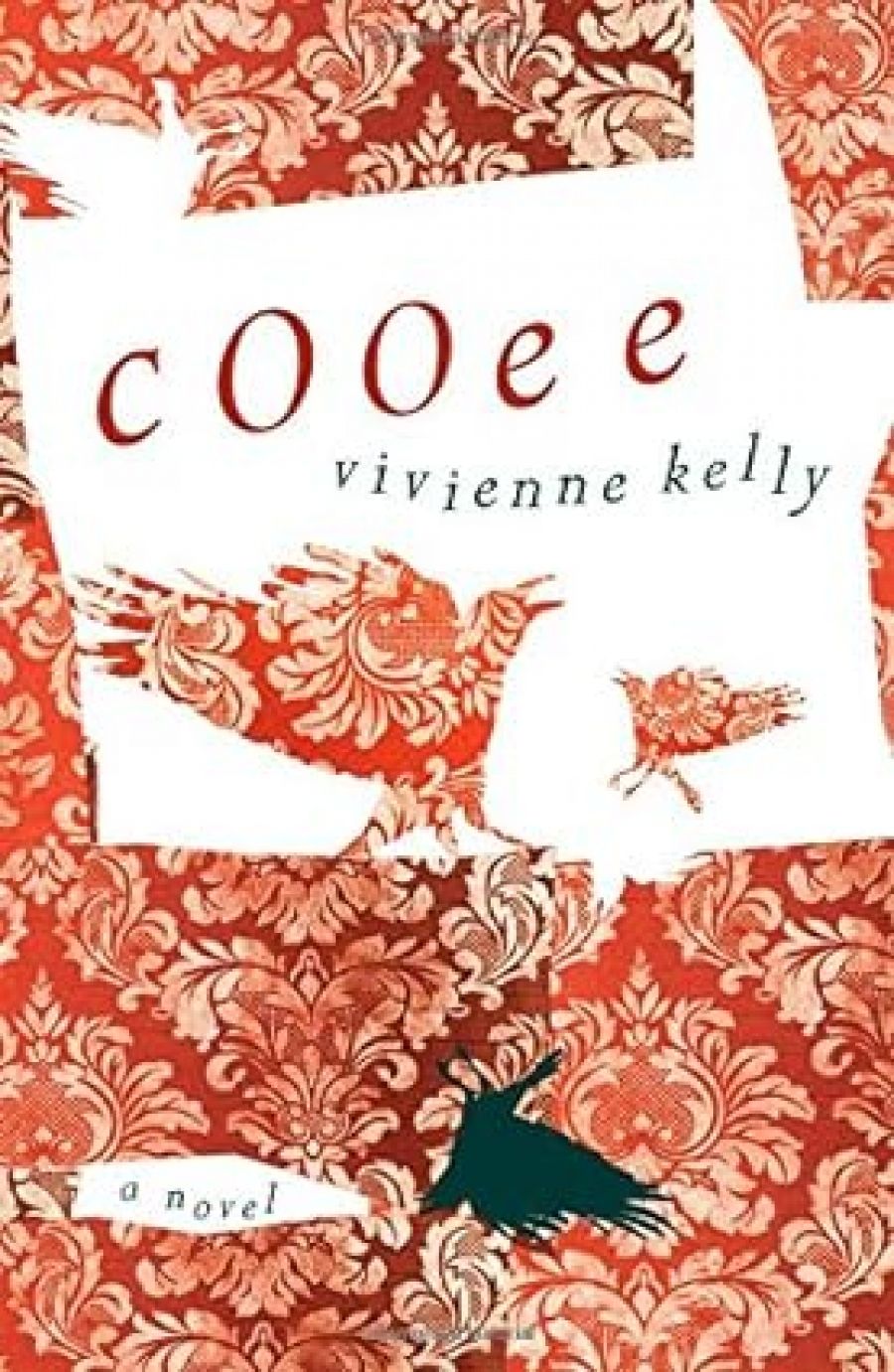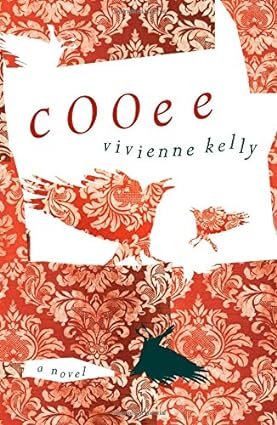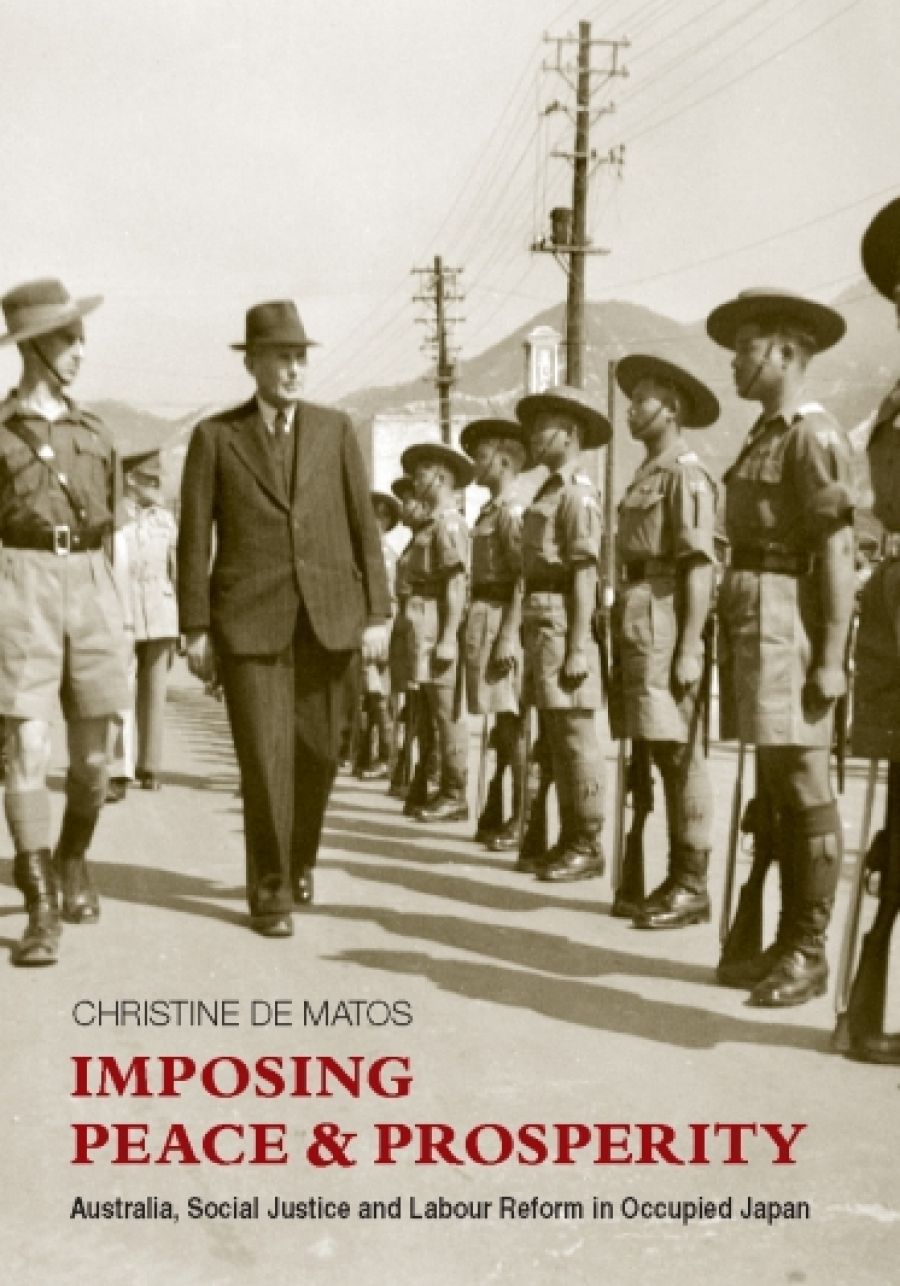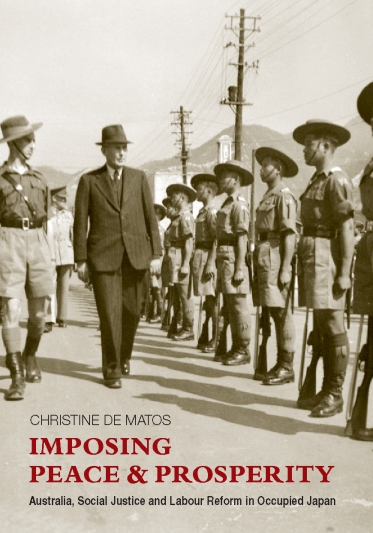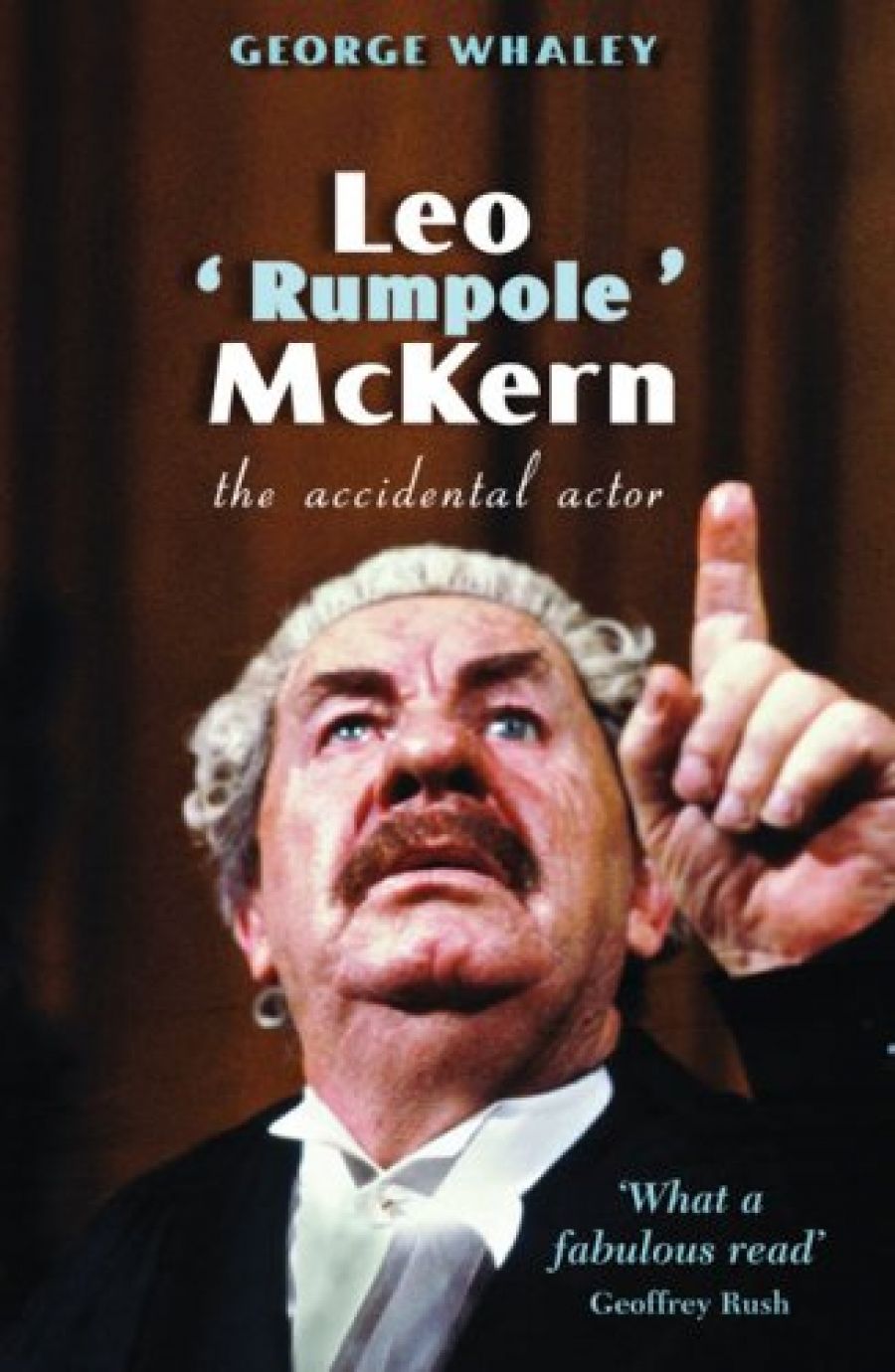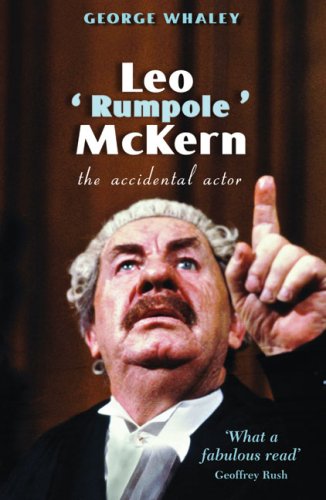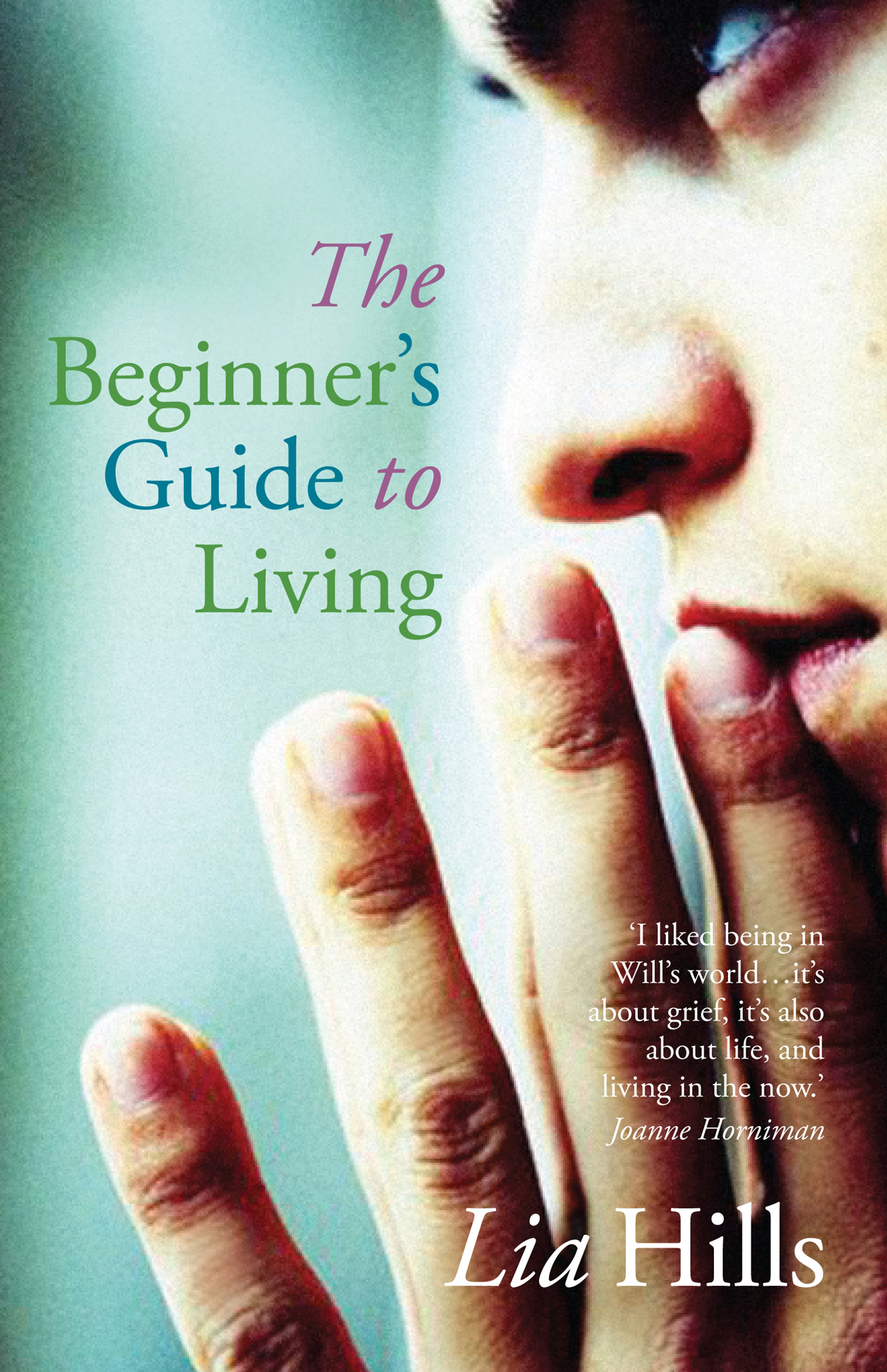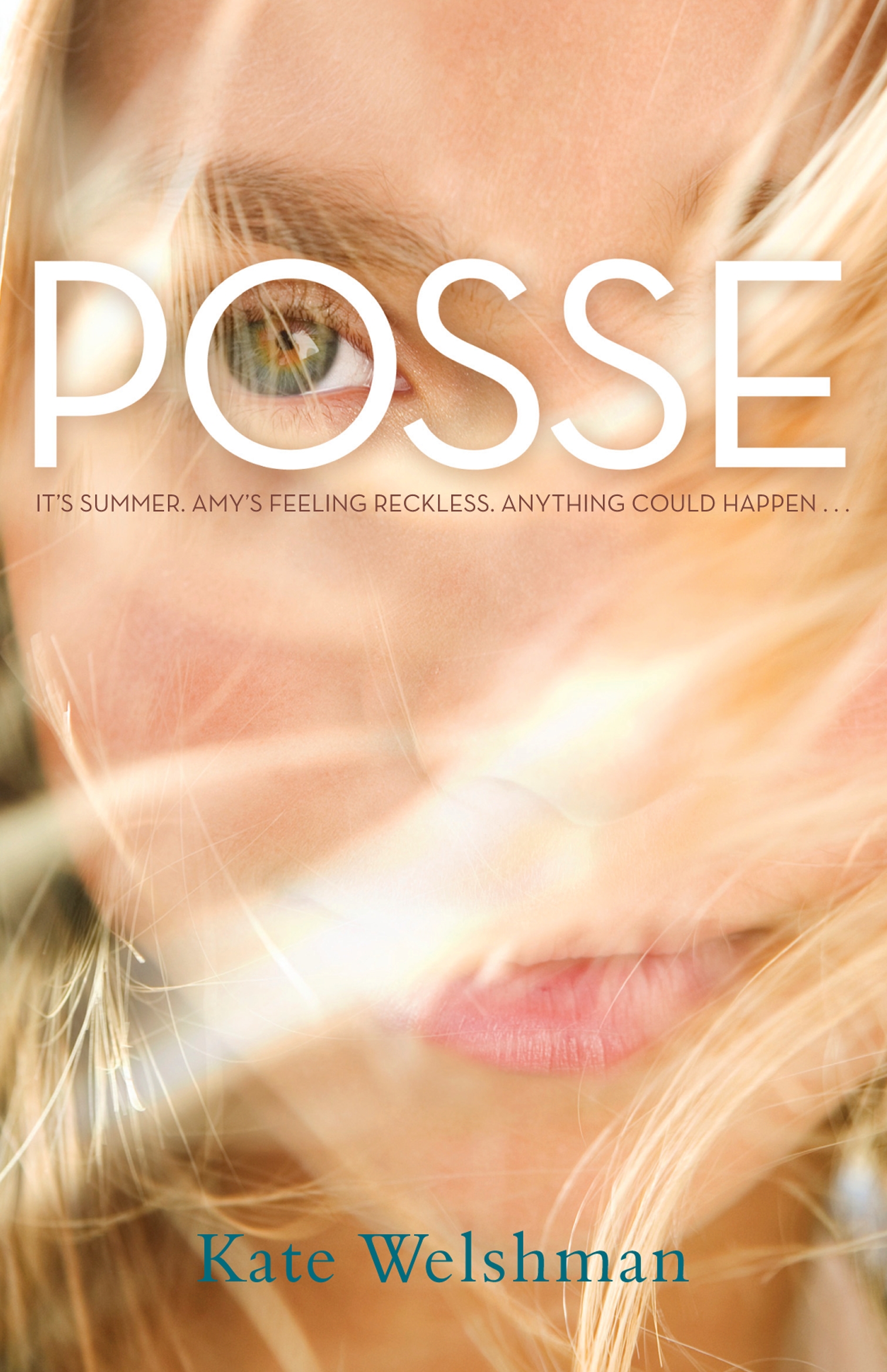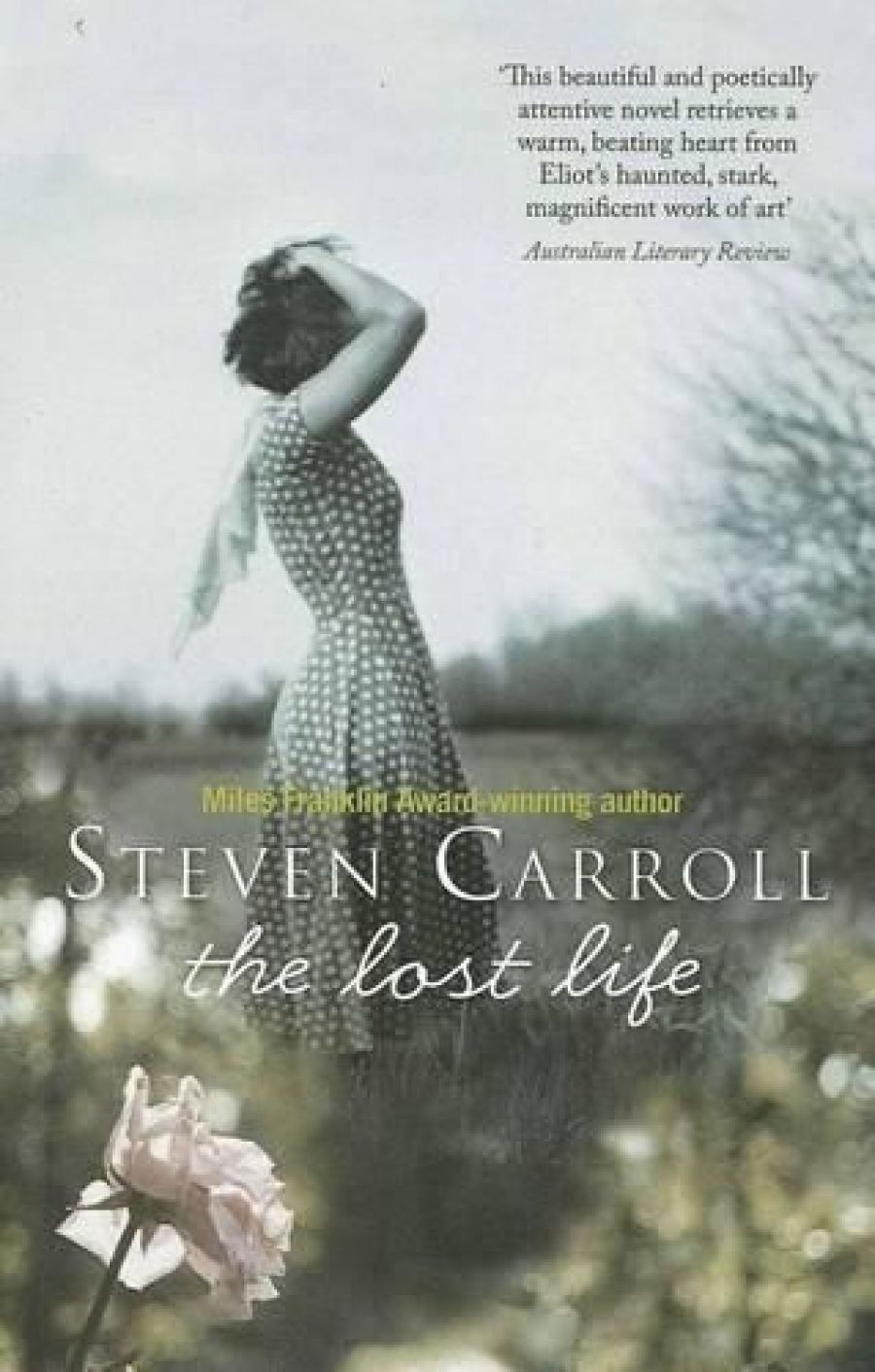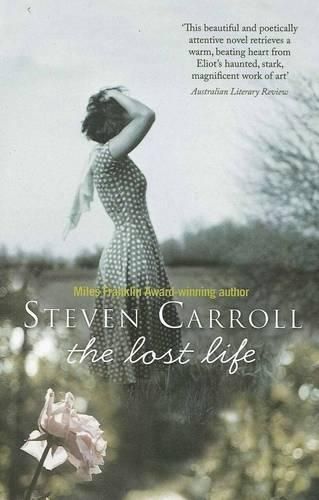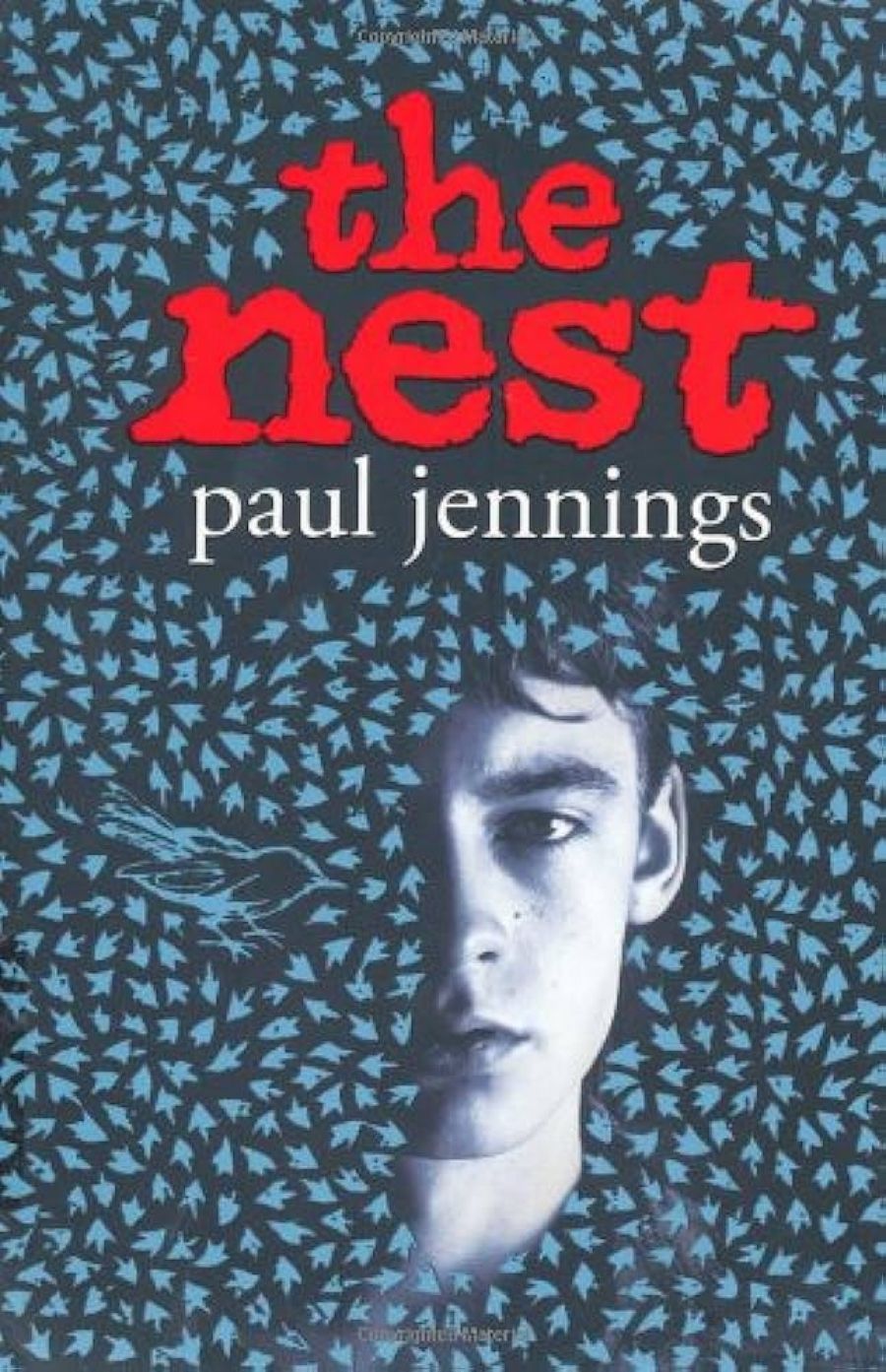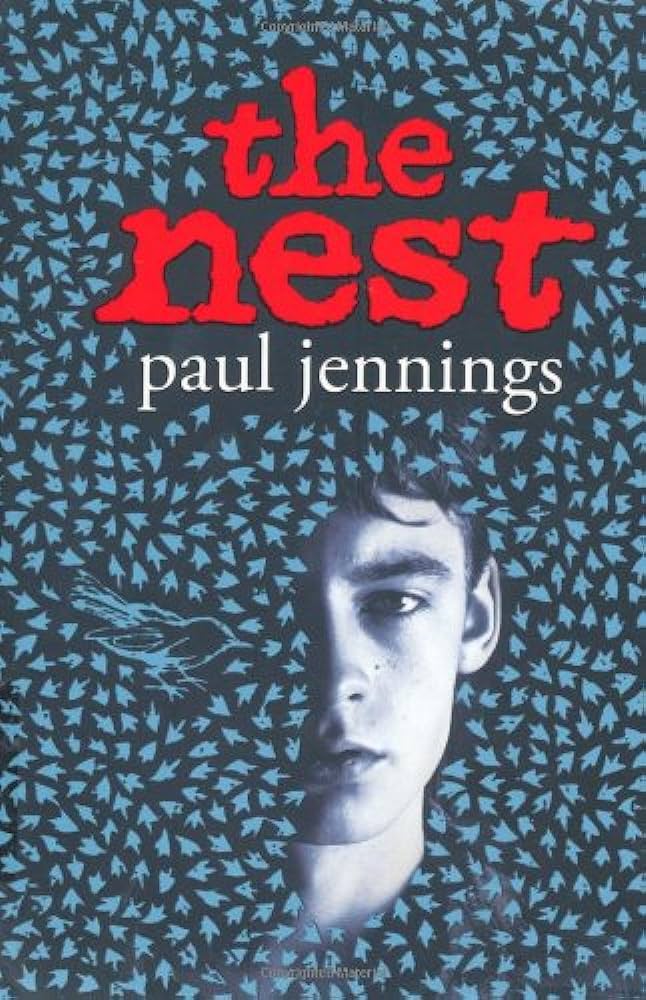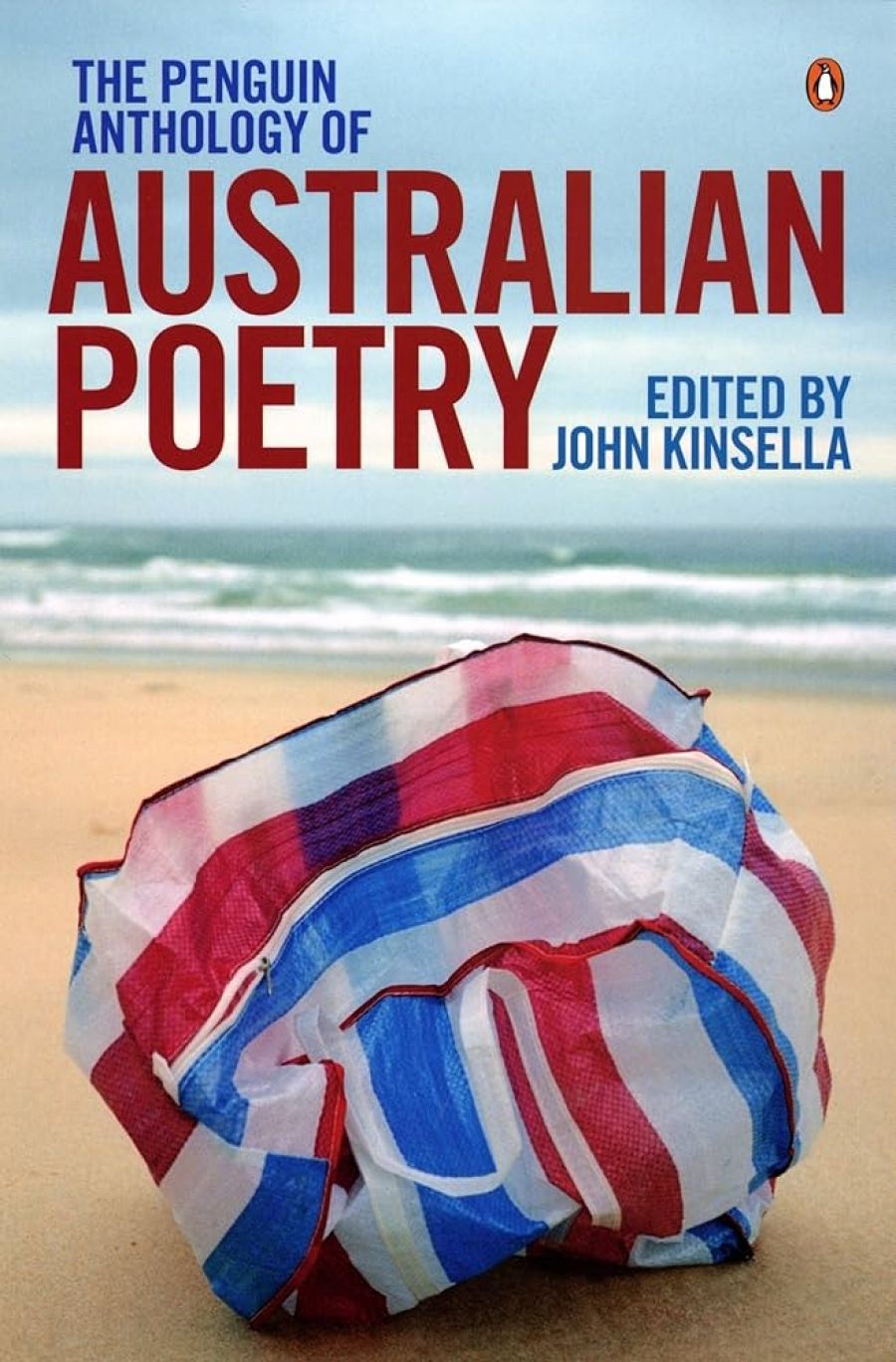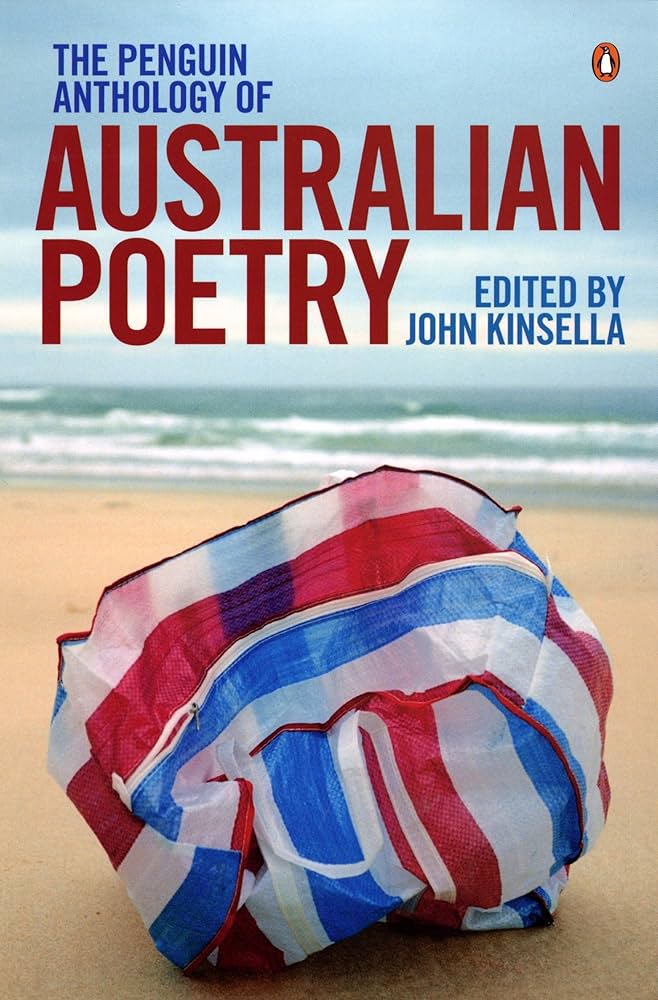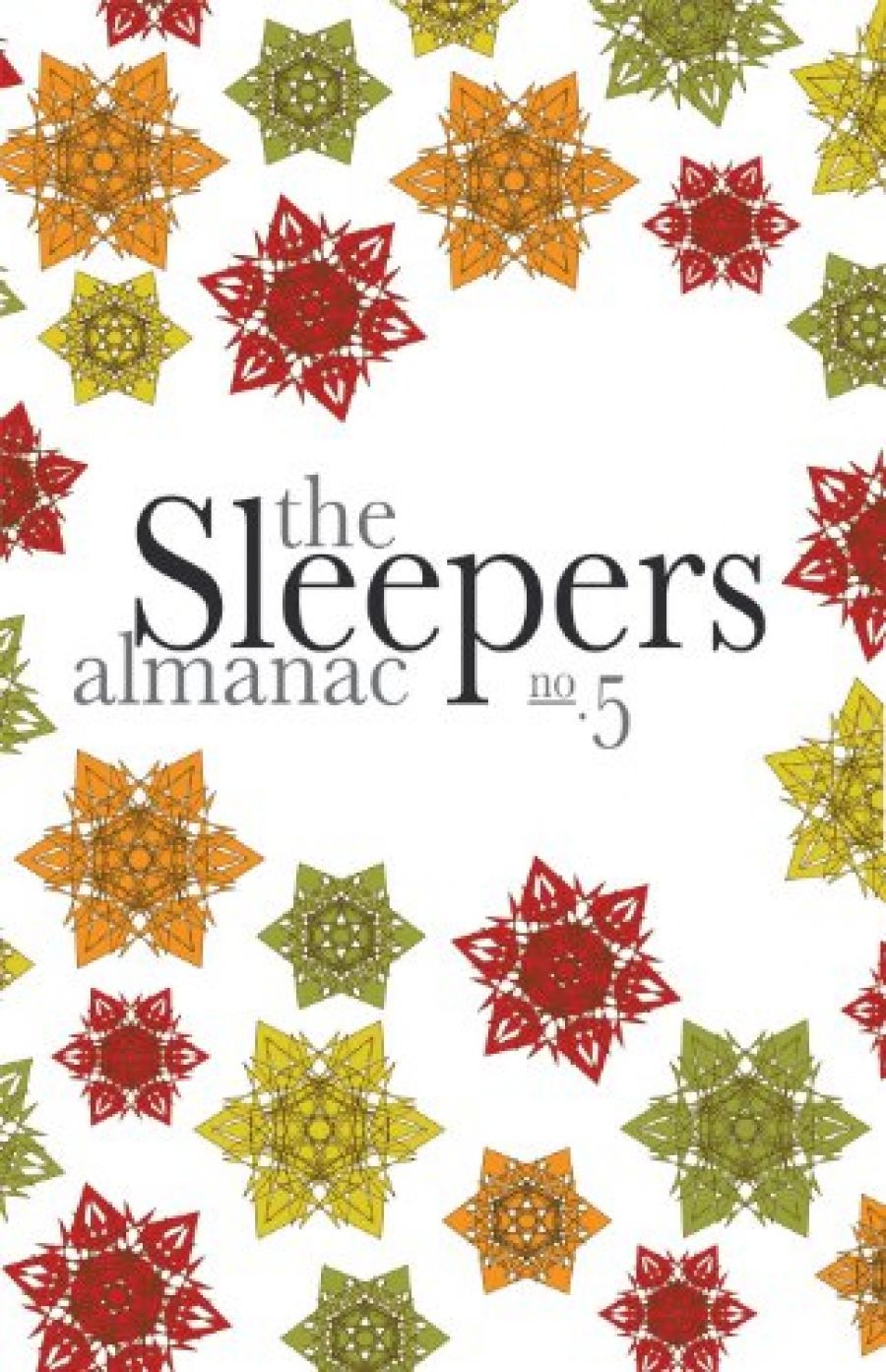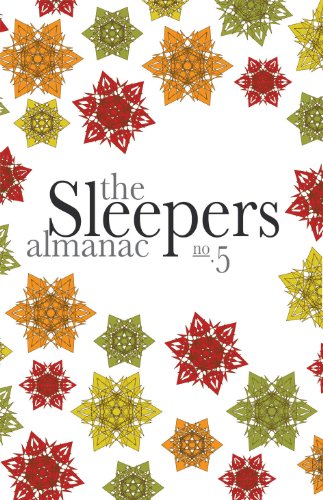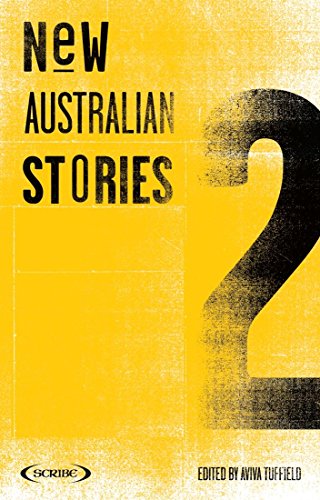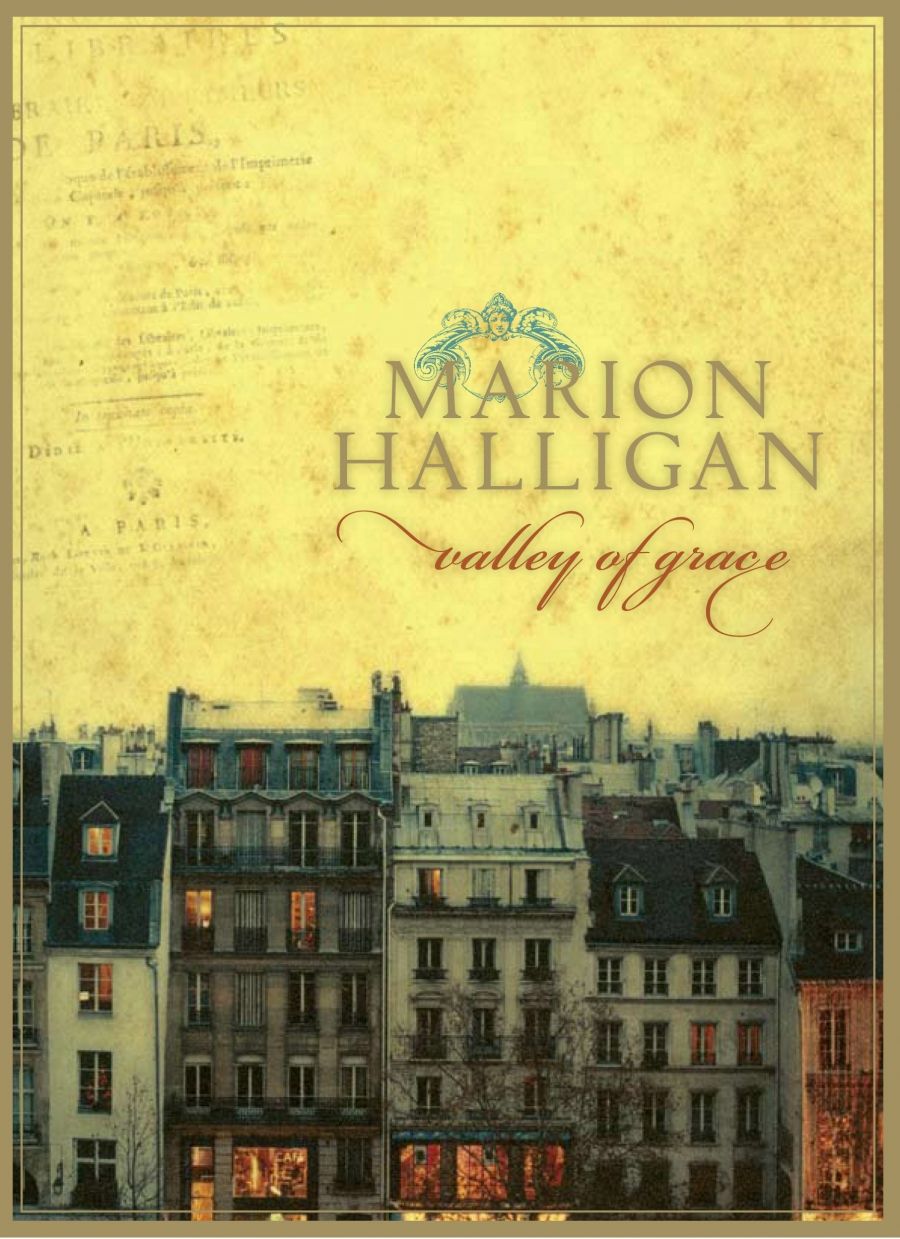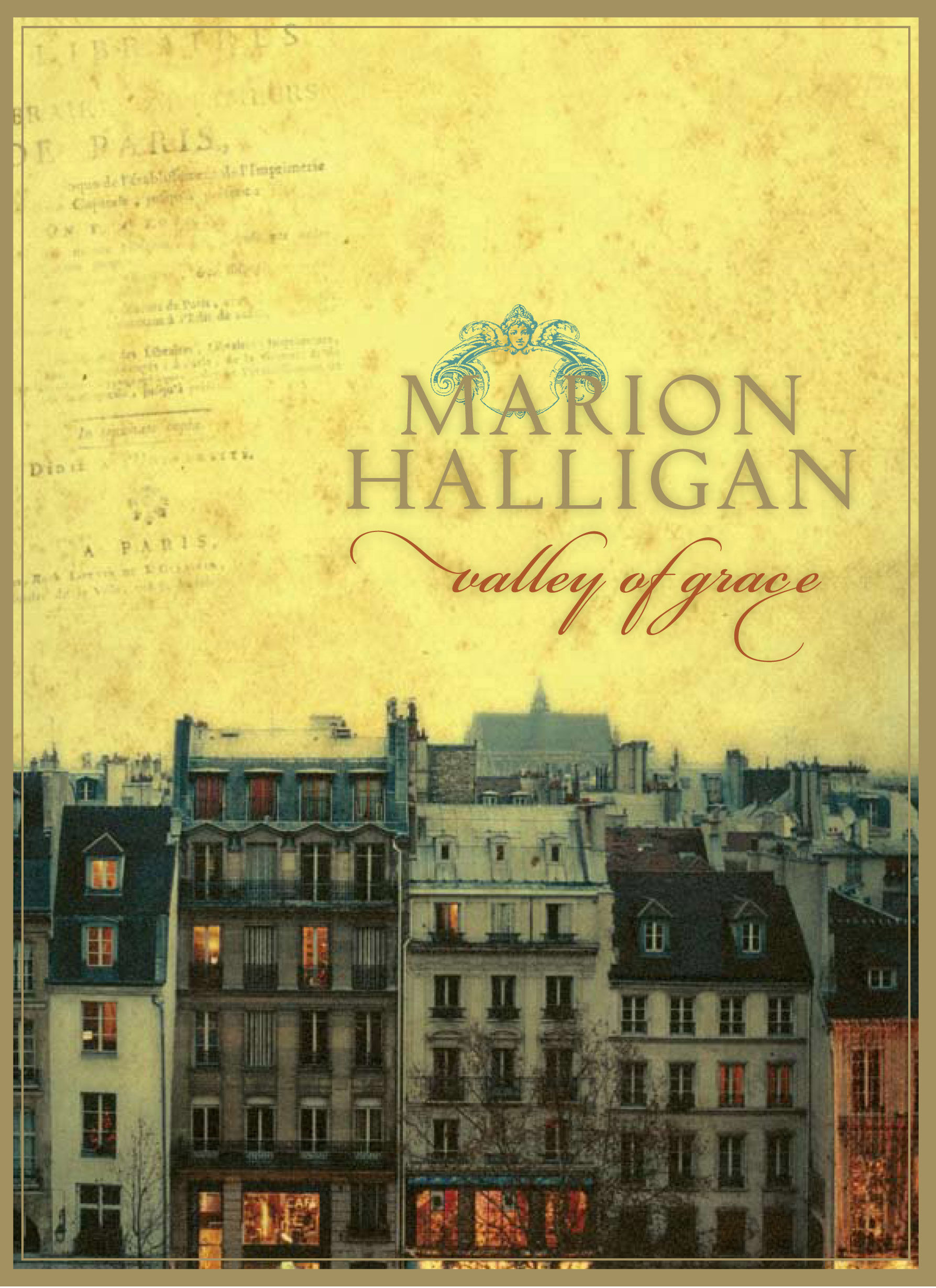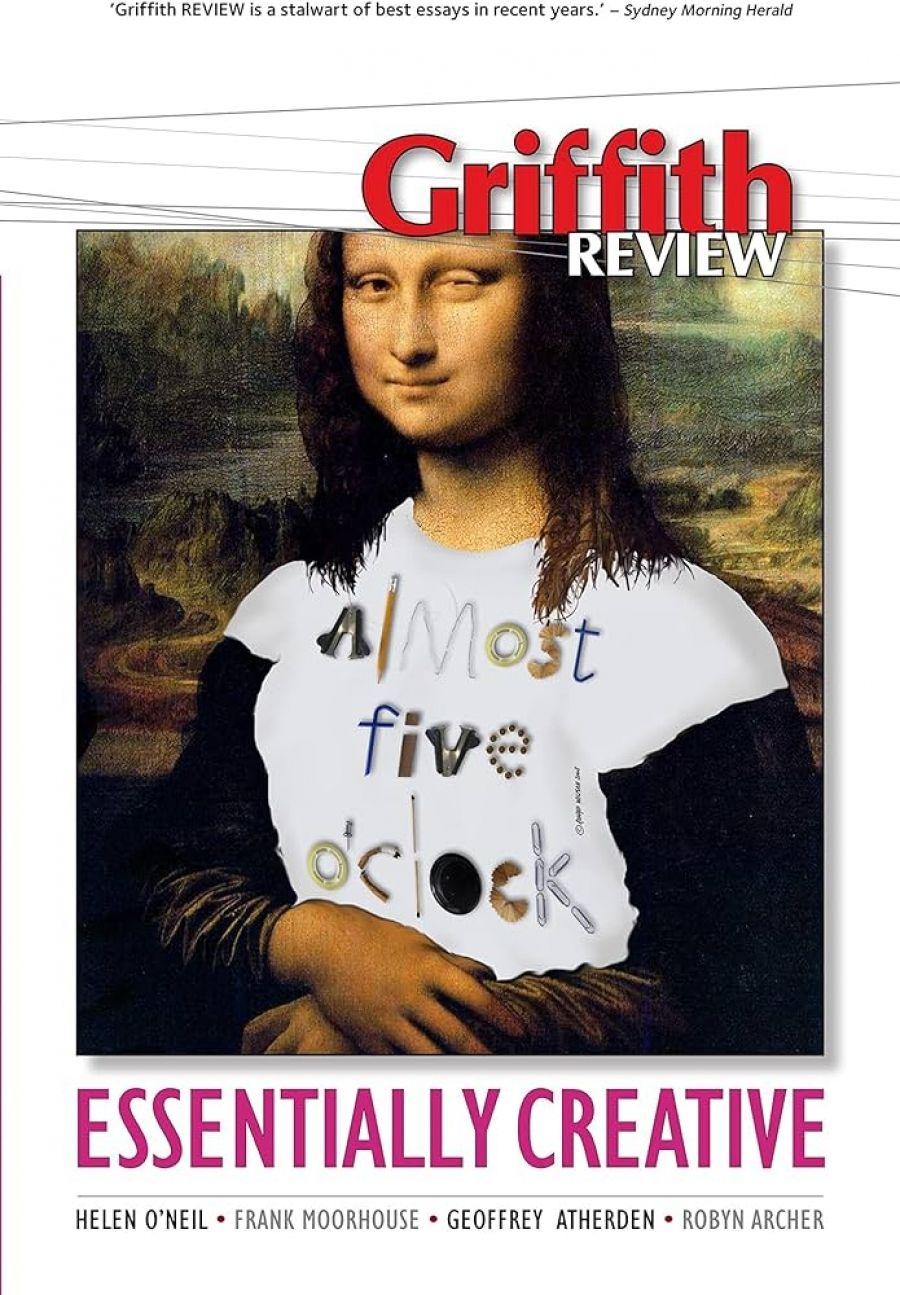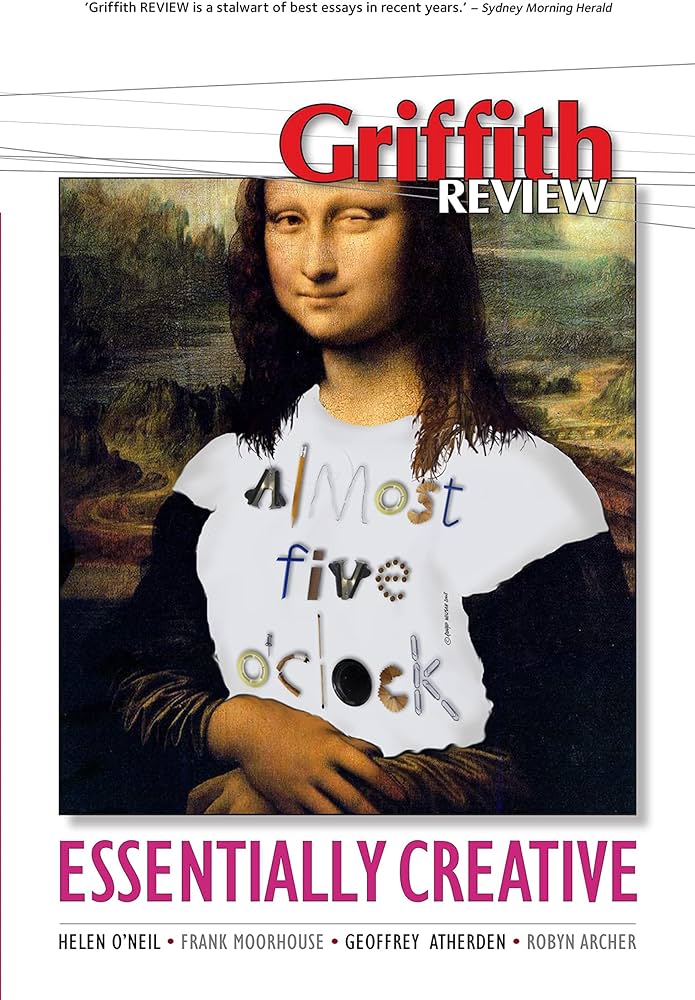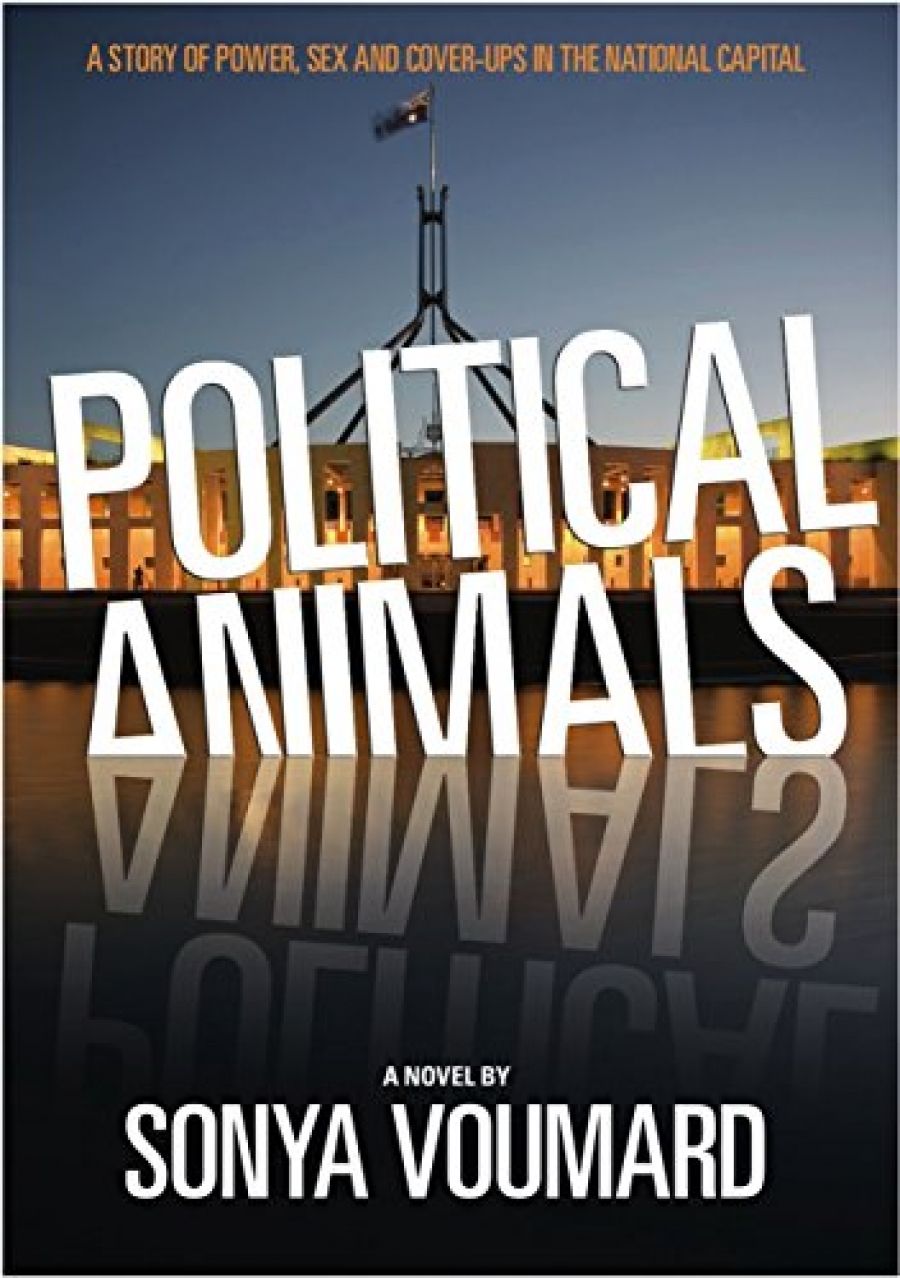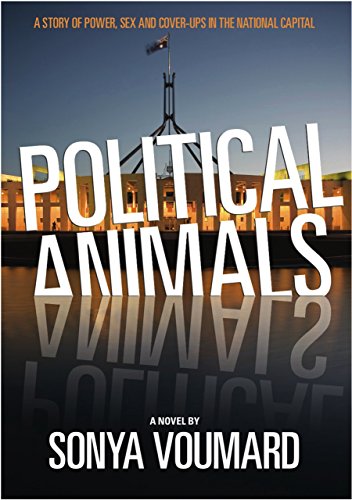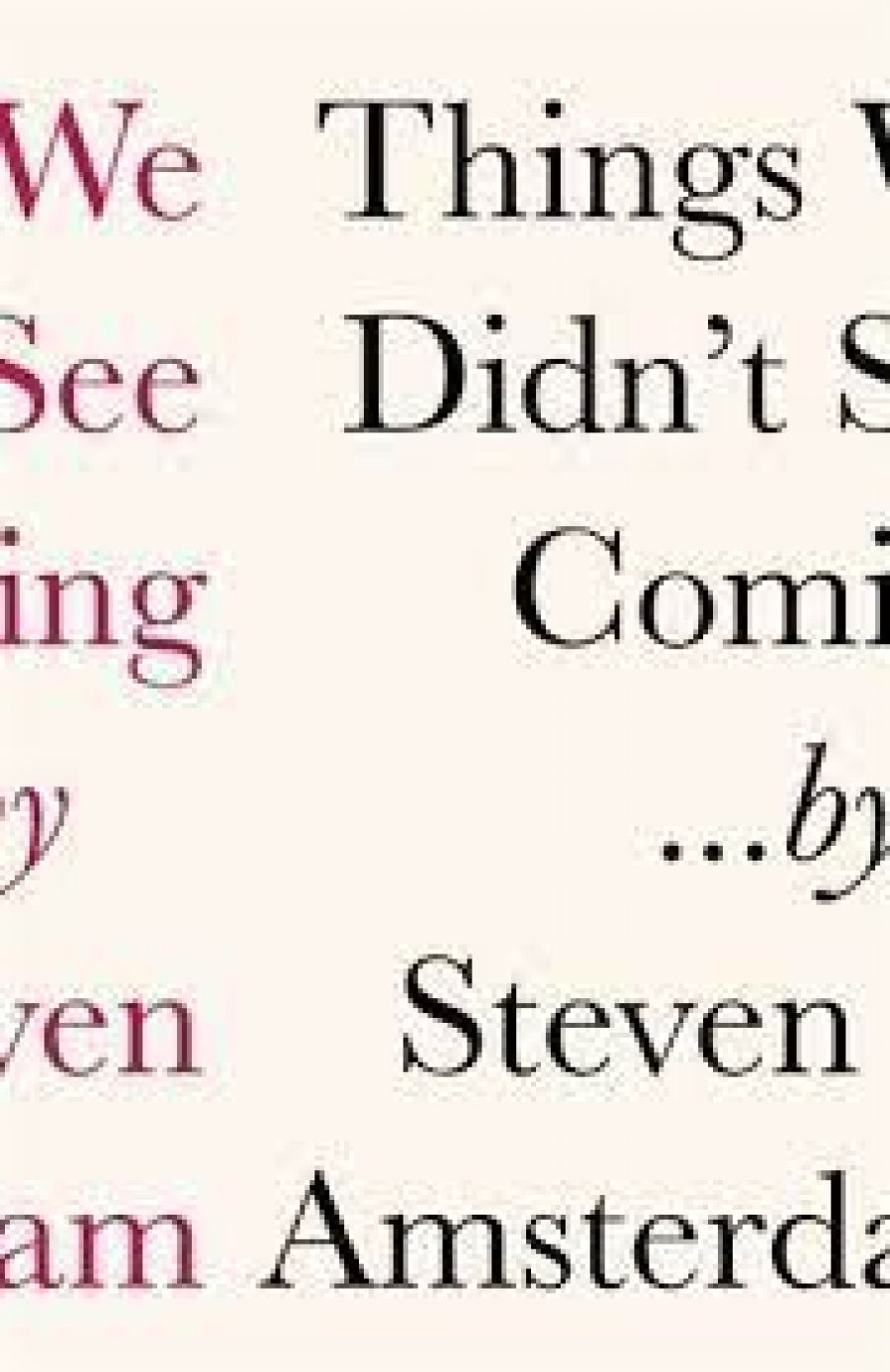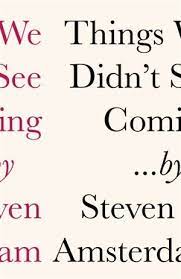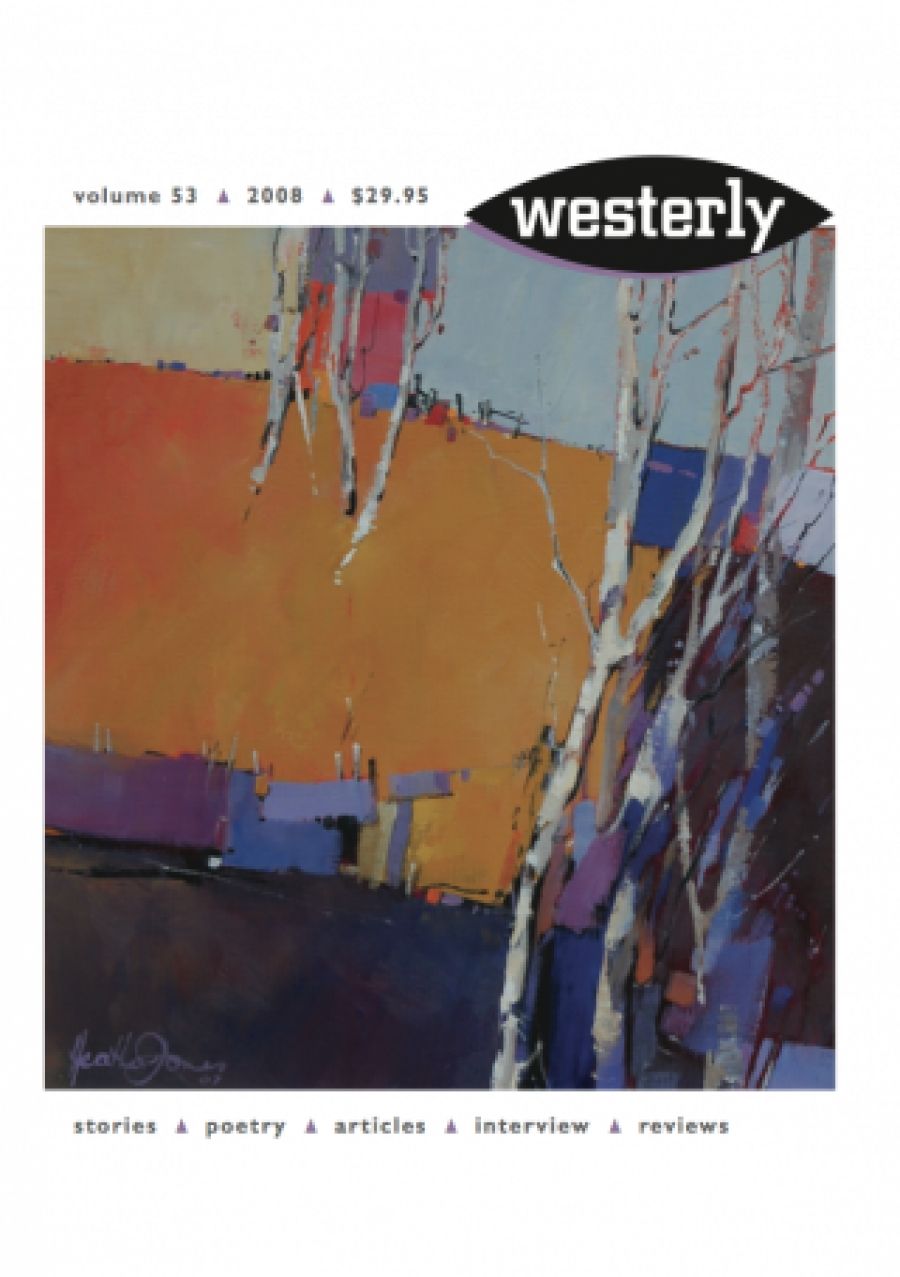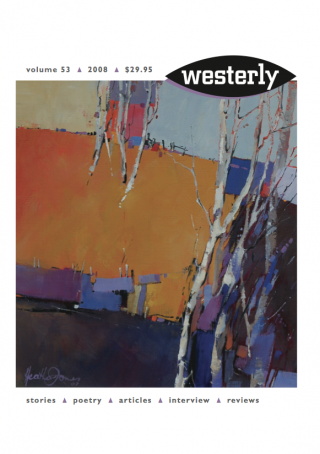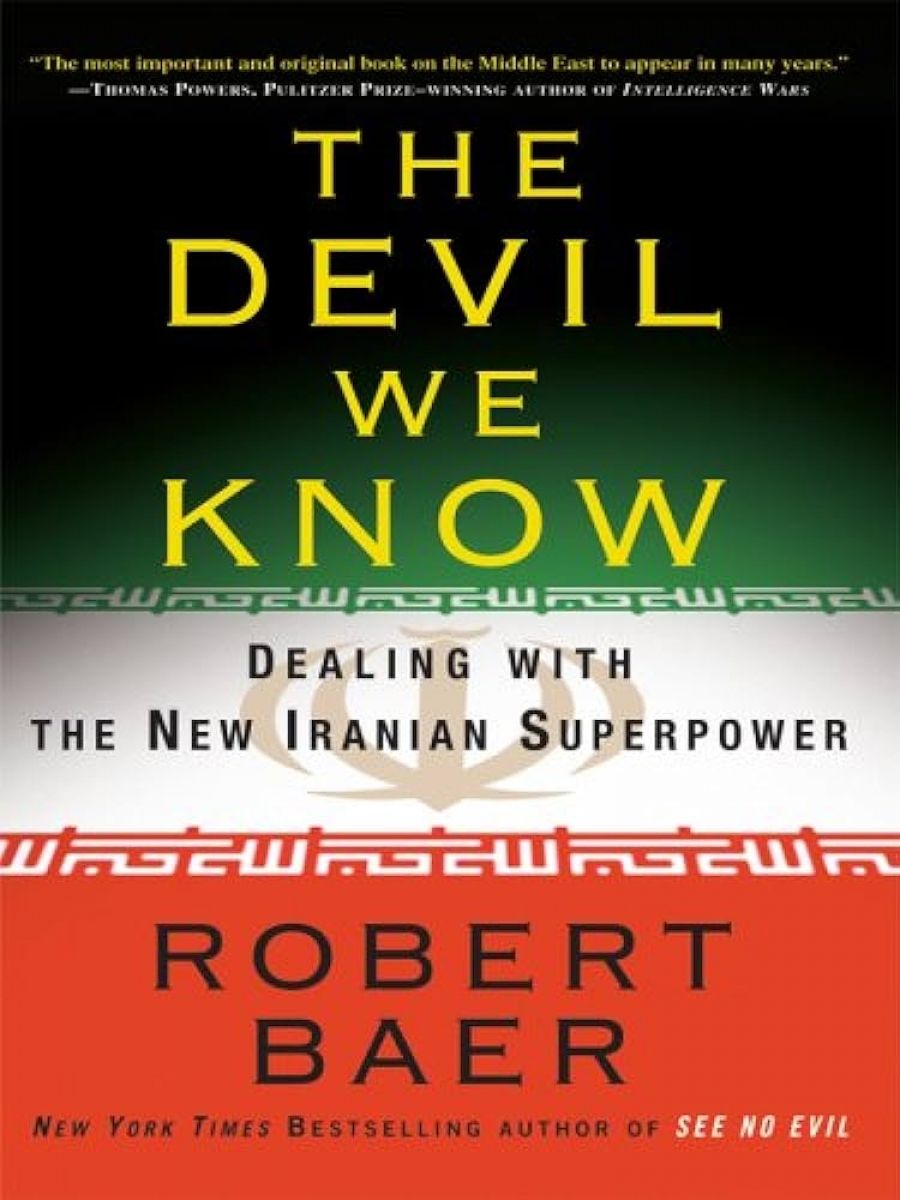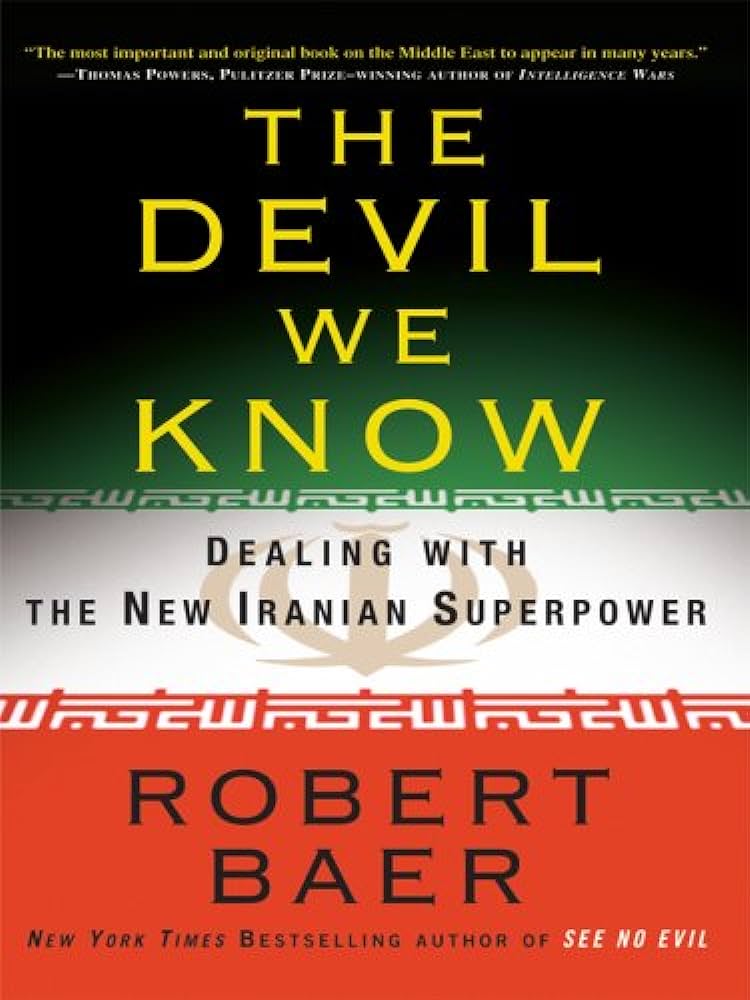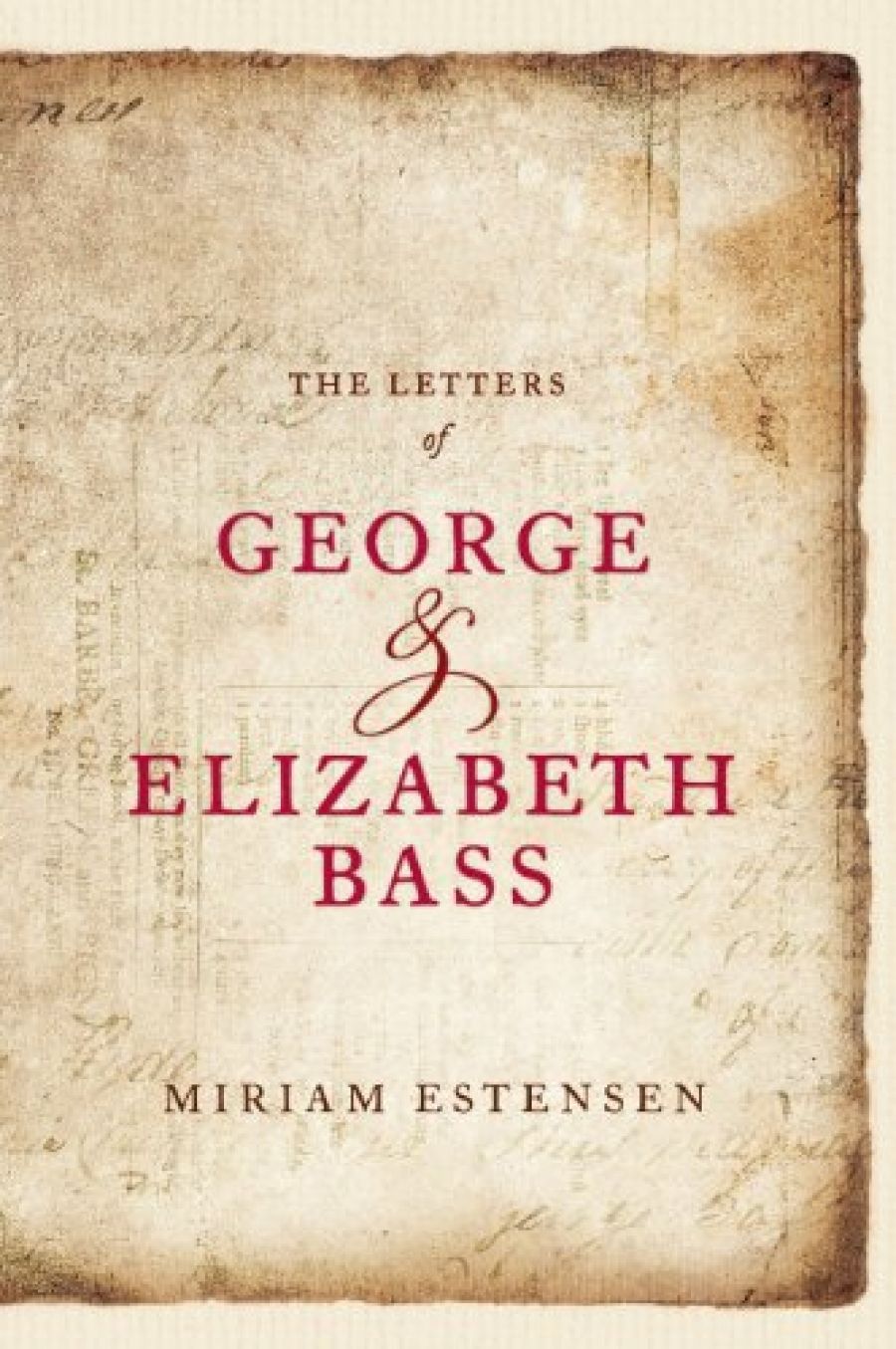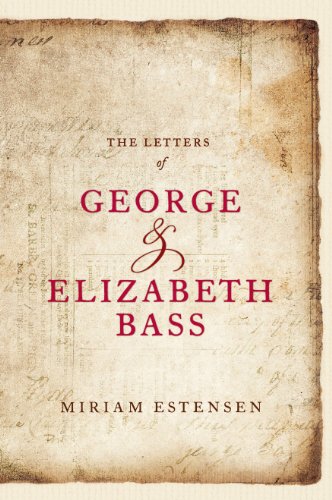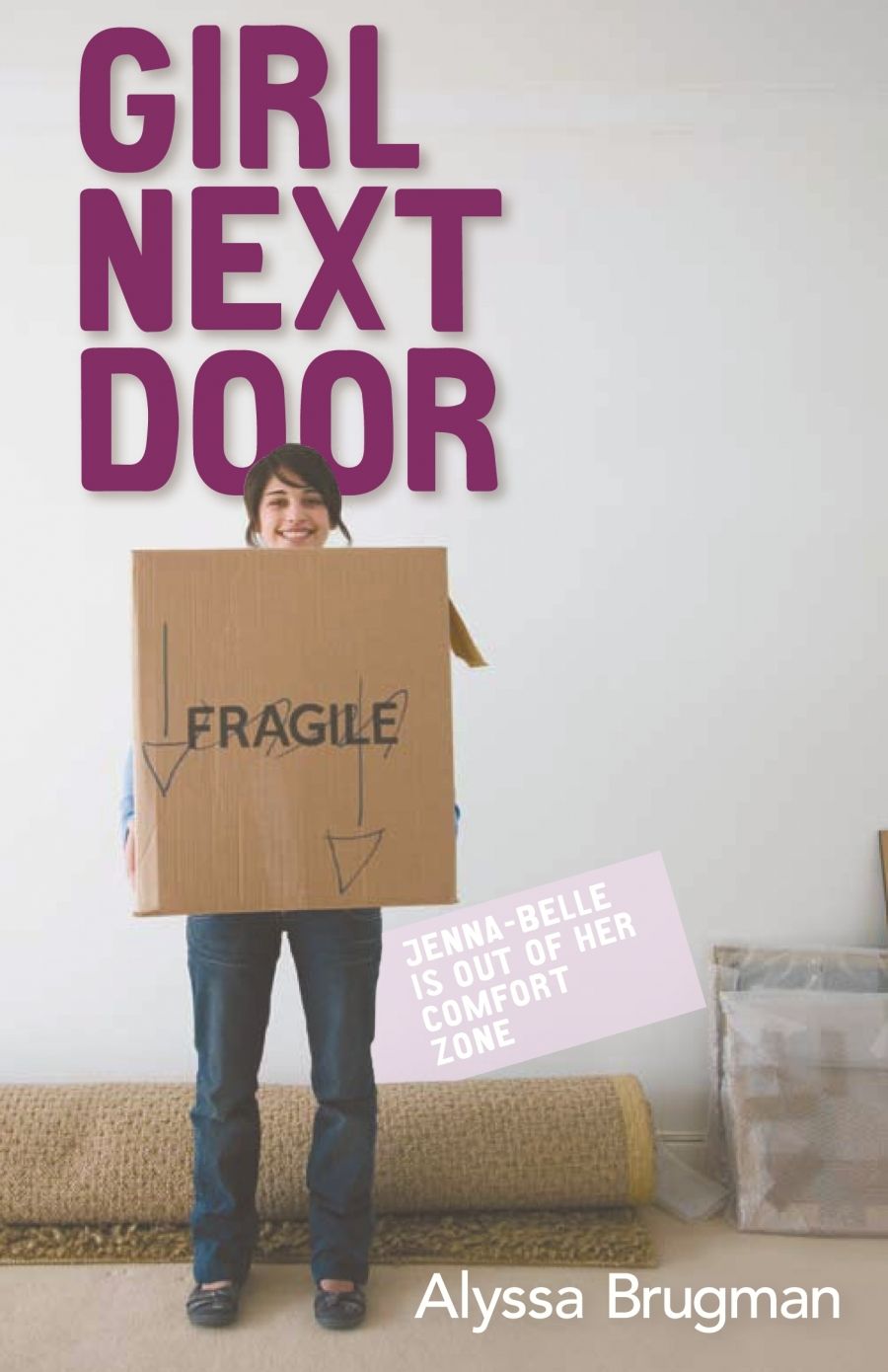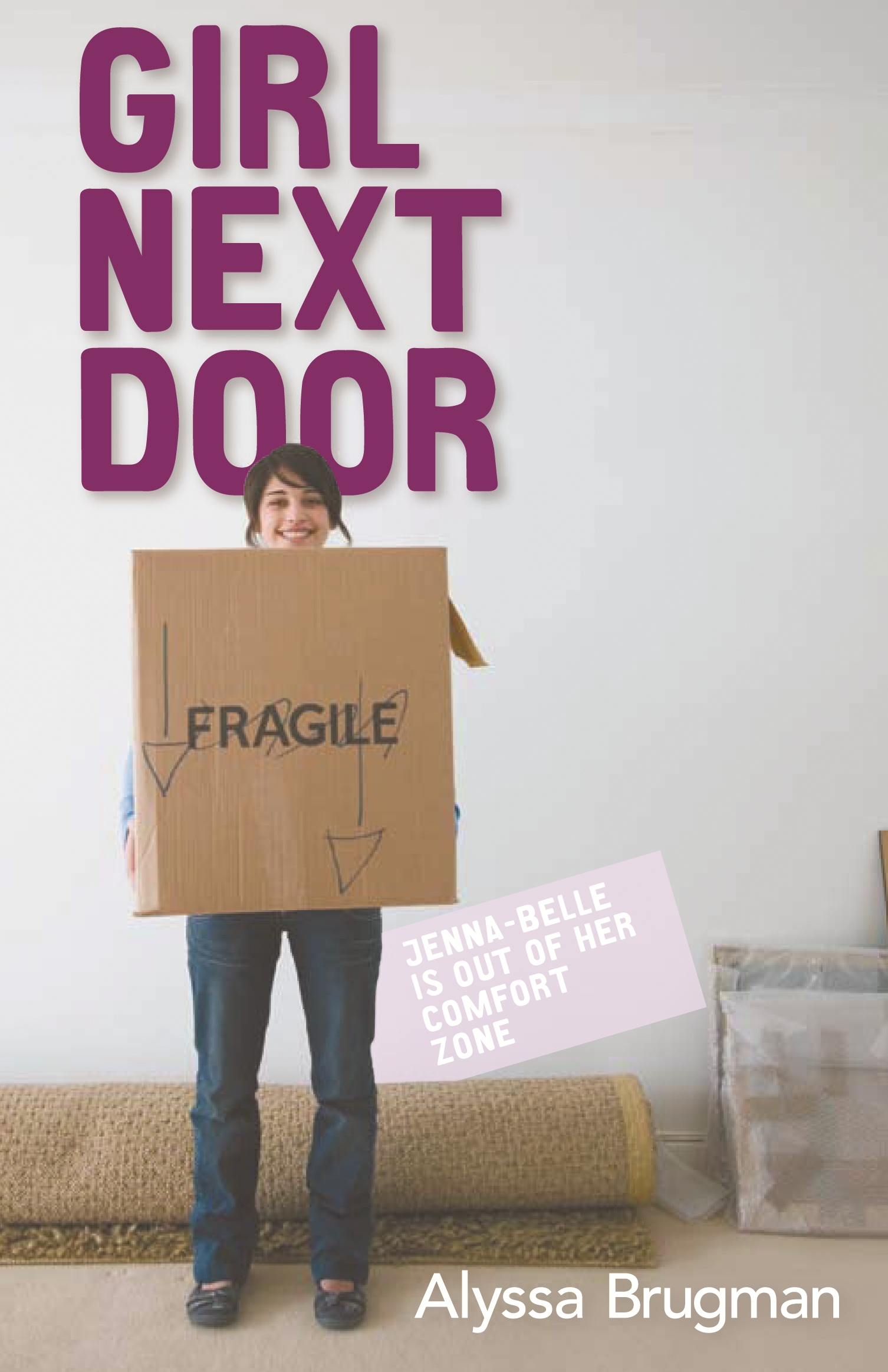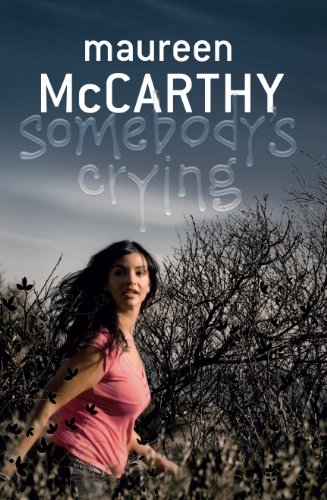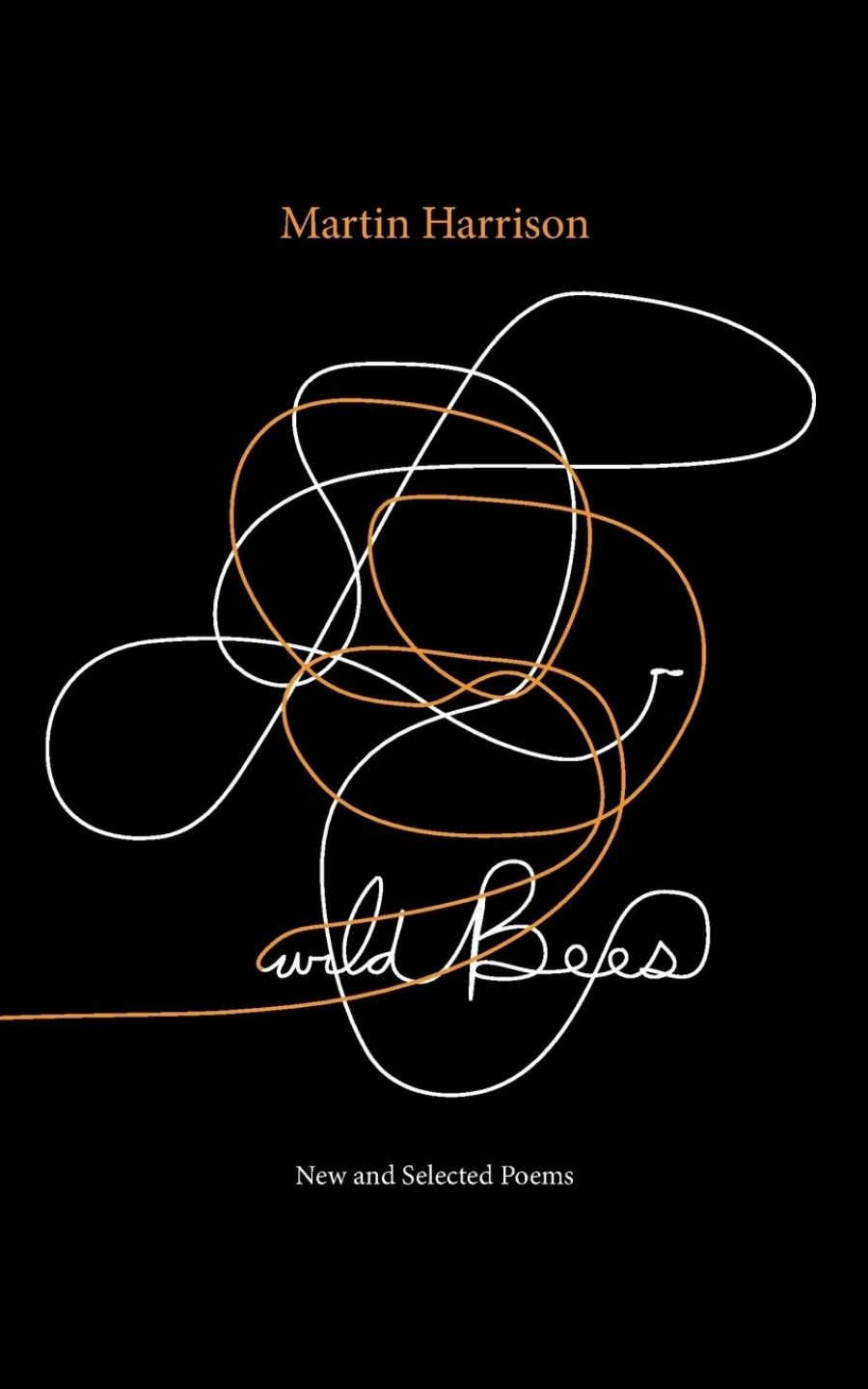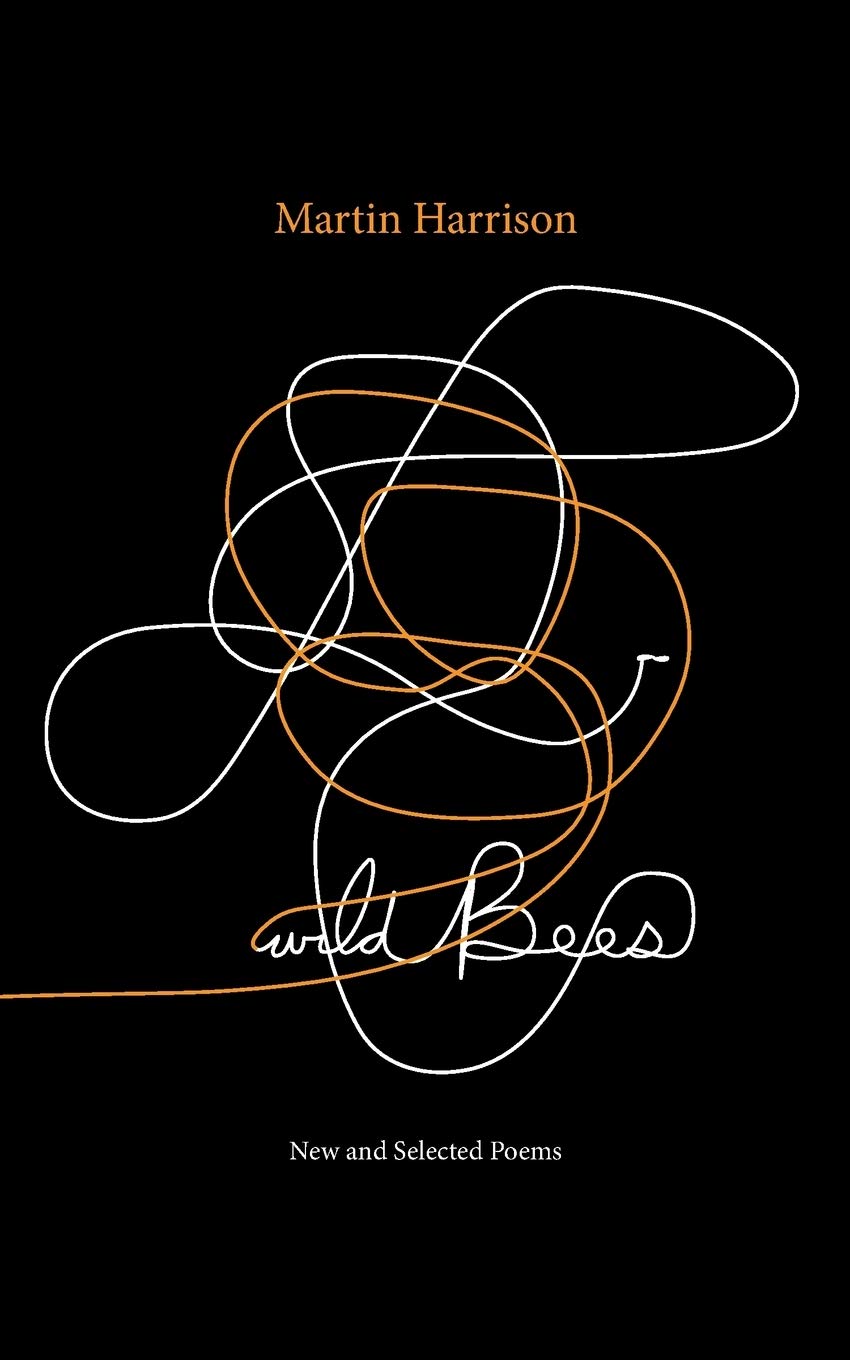- Free Article: No
- Review Article: Yes
- Article Title: What’re yer lookin’ at yer fuckin’ dog?
- Online Only: No
I have never been good at violence. Not even at mild arguments. So when the brick came smashing through our bedroom window in the middle of the night,I leapt from our bed and screamed. Our children came running in, more worried and frightened by the noise I had made than by the brick or by the glass scattered on our floor. This is all history now. Well, not quite. As with all history, even when the telling is done, there are repercussions we are still dealing with, still pondering. My scream was instant but also premeditated. It was directed at whoever was throwing the brick, and we all knew pretty well who was doing that, because it was the second time it had happened in a week. I wanted the brick thrower to be chilled by my scream; to have the night marked not by the satisfying sound of breaking glass but by the unexpected sound of a man’s prolonged scream.
We had been living with violence and threats of violence from our neighbours for nearly five years. During this time, we had been talking to friends and family, hoping for useful advice or even some insights into our situation. Sometimes we were asking for protection. So when I noticed that the enigmatic and publicity-savvy Slovenian philosopher Slavoj Žižek had just published a series of essays reflecting on the violence that, he says, is not only all around us but that is the basis of our late capitalist ‘post-political’ life, I was drawn to read his book. It might give me the understanding I needed to find a way through the issues thrown up by our neighbours’ violence. As far as I can draw a thread through his argument, I understand that Žižek shares with an earlier philosopher of modernity, Michel Foucault, the view that peace is war by other means – that there is a subterranean river of violence feeding our thirst for its unlimited promises. Those acts of violence, rare and shocking, which we experience as individuals, he calls subjective violence. Objective violence – the violence that language itself and the state system practise so smoothly on us, he says, is so prevalent it is almost invisible. This idea of objective violence calls to my mind Louis Althusser’s notion of ideology: the less we are aware of it, the more surely we are subject to it.
‘When the brick came smashing through our bedroom window in the middle of the night,I leapt from our bed and screamed’
I am one of those Žižek labels an ‘anaemic liberal’. I have no religious belief worth talking about, my life is relatively comfortable, and I am safe. Violence would be an aberration in my life. I think that Žižek means to point to people such as myself as examples of those who take advantage of the state’s objective violence in order to avoid the very visible catastrophes of subjective violence.
After reading some of his essays, I looked for examples of the kinds of violence he identified. Two incidents stood out. The first was a report in the newspaper of a woman attacked by eight policemen who booted in her front door, broke her jaw, shattered her nose and beat her unconscious. For twelve years she had been seeking compensation from the Victorian government for her assault and false imprisonment following a dispute over an unroadworthy car. Despite four of the officers and the state being ordered to pay damages in 2001, the state government has relied on a Police Regulation Act and a 1906 precedent to appeal successfully against the order, claiming it has no responsibility for the actions of the police. The woman is now seeking compensation through the United Nations Human Rights Committee.
Are these legal acts by the state the objective violence that Žižek speaks of? It does seem to be the more or less invisible violence-upon-violence a state can administer to its citizens as part of a due process. The process has no heart, though at every step of the way there is a human being processing pieces of paper, writing reports, following a set of well-ordered practices.
The second incident happened as I arrived at a local library one afternoon, seeking more books by Žižek and a new detective novel by Henning Mankell. At the centre of the lawn outside the entrance, opposite a school, there was a small placard stuck in a patch of earth covered by bark chips. I went over to read the placard. It explained that until five days ago there was a lemon-scented gum at this spot, planted by students who wished to commemorate a fellow student who recently died. The writer supposed the tree was uprooted by other young people after a big night out; more trees nearby had been attacked that night. The violence had caused intense pain to the family and friends of the young man. They could replace the tree but could not repeat that first symbolic planting. This is the subjective violence we can find so disturbing, and in the phrase of my nineteen-year-old daughter, ‘totally random’.
From my childhood, I can recall two incidents of violence. The first happened one afternoon on my way home from school. I was crossing a vacant stretch of land before the housing estate where we lived, on the edge of the city. We were close enough to the countryside to be worried about fires in summer, but still connected to the city’s urban sprawl. A group of noisy schoolchildren was standing round two older boys who were fighting. They were big boys, final-year students or recent graduates, out of work. One of them was on the ground. I saw that his eye had become dislodged from its socket. It was lying on his cheek. I ran home, too shocked to mention it to anyone. I kept it inside me, where it is now.
The second incident was a fight I almost had with another boy at school. He had fought with most of the other boys in the class. Generally I avoided him, but that day we clashed over something – I can’t remember what. We agreed to settle our differences with our fists after school, in a nearby public garden. I was in a panic all afternoon, shocked that I had agreed to fight him. When we met he was ready for me. I stood in front of him, trembling, and shouted at him. I kept shouting until he went away.
I was like the strange man Heinrich von Kleist described: a man who clung to the back of a coach in the Alps in the early nineteenth century when Heinrich was a young passenger. The coachman whipped the stranger until he fell from the coach, then the coach stopped and the passengers drew their swords. They asked him what he wanted. The man stood and roared and kept raging until they left him there, his screams echoing through the valleys, bouncing off the mountains like the screams of twenty men. For Kleist, this became his emblematic image of the artist or the philosopher trying hopelessly to make sense of the world.
I avoid violence. That boy at school who wanted to fight me would have called me a coward. Of course it is not cowardice, for it takes fierce resolve to refuse to engage with an attacker. But there is also a part of me that knows there is no intrinsic virtue in this refusal. What is the pathetic accomplishment of one who lives a few more years than another by keeping safe, or of one who dies in old age with fewer bruises and fractures than another? This is the kind of argument that Žižek would advance. He likes to confound intuition. Žižek states, in one surprising passage, that most people are spontaneously moral. He argues that it is atheists who stand most forthrightly by notions of tolerance, restraint, freedom and responsibility in contemporary society. The true allies of fundamentalists and religious extremists are those atheists who work to protect every person’s right to their beliefs and values.
‘That boy at school who wanted to fight me would have called me a coward. Of course it is not cowardice, for it takes fierce resolve to refuse to engage with an attacker’
I was raised as a Catholic, educated by nuns and priests, and entered a seminary as soon as I completed school. I spent two years there, filled with belief and faith, praying, meditating and studying. Since then I have become an atheist, though this was not a matter of conscious or deliberate choice. Faith is like that. It can take itself away. But what has remained is a way of living based on a Christian notion of love and tolerance that still makes sense, though it is much less sure of itself. Tolerance is easier to embrace if one is an atheist. Pacifist values, too. Atheists are not constrained by religious authority, promises or threats. I am not a pacifist. I believe that there are limits to tolerance, sometimes violent limits. The difficulty lies in knowing without the guidance of a book or a priest when to resist peacefully and when to meet violence with violence; where the usefulness of imagining oneself in another’s shoes might end.
I suppose our neighbours may have felt they were defending something important when they attacked us, but I can also conceive that they were heady with the reckless power that administering threats and violence could deliver into their hands. Surely, if we look at what we do as a species, it is clear that people are not spontaneously moral. Throughout these episodes with our neighbours, I found myself having to resist the spontaneous urge to resort to violent responses that came physically, emotionally and imaginatively to me.
Our neighbours hated us, and I became deeply afraid of them. I kept asking myself, how did this happen? They had thrown bricks through our windows twice, intimidated us with a savage dog, sawn the end off our front fence, threatened to burn our house down if we went on holidays, fabricated accusations of an assault on one of their daughters, and told us to watch out for our children. I was to have my face smashed in at a time that suited them, they told me. When I told people about some of these attacks and threats, they asked me what I had done to provoke my neighbours; these people could not simply be wild beasts or mythical barbarians risen to wreak havoc for fun. I joked that we lived next door to trolls escaped from some truly grim fairy tale.
Whenever there is conflict, each party has a long preparatory story of slights, insensitivities, insults, threats, incursions and other provocative behaviour that, in the end, can no longer be endured without the situation becoming violent. I suppose this is how wars begin. Or am I wrong? Do some people desire a violent edge in their lives, regardless of the consequences? The quandary is in the boundaries between us. Behind the meaning of those boundaries, there might be separate languages, cultures, values and ways of dealing with trouble. What I don’t want to do is to give you a long account of their unreasonable behaviour or to detail the tolerance we displayed until we could no longer endure the trouble and provocation. It wasn’t like that at all, I want to be able to say, though it felt like it. In truth, it must have been a series of sad misunderstandings and badly judged acts by all of us to bring us to this: me screaming in the bedroom in the middle of the night, the window smashed, the police saying they were tired of coming to both our houses.
In my mind, it all began when the young daughter of the family (we’ll call her Halia) came to visit us shortly after we moved into the street. We had moved to the street about the same time as them, so we were happy to make neighbourly contact. Halia, then at primary school, liked to play with our children. She would visit most afternoons, so often in fact that our daughter began to complain. Things drifted along.
One day, while Halia was playing outside in the street with a shopping trolley, she accidentally ran it into our car and put a small dent in the side. Our daughter, Sarah, had been watching this from the front window and told us, so we went to talk to our neighbours in the hope that Halia would be more careful. I am not sure what happened after this, but I do remember the older daughter (let’s call her Melina) roaring at us and calling us fucking liars. The father, after matching the trolley to the dent, pulled money from his pocket and asked us how much we wanted, while the older daughter shouted at him that if her sister said she didn’t do it, she didn’t do it, and that these people (pointing at us) were fucking liars and troublemakers. Sarah became upset at this and felt guilty, thinking that she had caused this trouble by witnessing Halia denting our car.
The next morning we found our car’s front-passenger window smashed in and the glovebox raided. We became afraid to park our car directly outside our house. Fortunately, we have a small driveway, so we kept our car there every night after the shopping trolley incident.
This was the beginning of the intimidation. It might have been a coincidence – the car break-in following the anger of this family at our accusing their daughter of denting our car – but it didn’t feel like a coincidence. We began to watch them warily, and avoid them.
People walk along our street to the railway station at one end or to the small recreational parkland at the other. One old woman, Katya, used to push her shopping trolley past our place on her way to the shops. Her husband would walk the streets with their little dog in a carry-bag. Katya had cared for her husband for more than ten years, past the time when he knew who she was. We liked her, and she loved to have our children to her home for afternoon tea. She would bring out her best china cups and serve sliced gherkins on salty biscuits. She was fond of my partner, Jane. It was as though these two women shared some knowledge of life, something I could witness but not be part of. They treated each other with care, politeness and attentiveness. I imagined that, sitting there, each of them looked into a mirror of the self fifty years ago or fifty years hence.
Katya’s son had died at thirteen. She and her husband had been put to work in Germany during World War II, and had later made a life for themselves in Australia. Katya still had her husband’s books, history books about the war and about communist Russia. Katya read romances, one after another; her house was full of them. In one room was the jigsaw puzzle she was always doing.
As we visited her more, she began to tell us about her fears. She said that our neighbours were terrorising her. The father had borrowed money and not paid it back. He had taken her husband’s good tools from the house and replaced them with rotten ones. She said her husband’s shirts and shoes (he had a mania for buying shirts and shoes) had disappeared from her cupboards, and that the oldest daughter had chased a possum from Katya’s ceiling and taken it to her garage where she beat it to death. She said they were making phone calls to alarm her, and that someone in a balaclava had frightened her at the front door. She was sure it was Melina, the oldest daughter. She asked us to help her change the locks on her house, because these people were coming and going as they pleased.
At first we thought these were the fears of a timid woman whose mind might not be as sharp as it once was. We did nothing. She kept begging us, worried that the intruder in the balaclava would return and break in. She told us that they expected her to leave them her house in her will, and she was too afraid to tell them they would get nothing. She had already given them sums of money which they had not repaid (they claimed to have done maintenance and repair work for her, so they were even). In the end we did help her to change her locks. This made our neighbours even madder at us. Halia shouted at us that all we wanted was the old woman’s house.
About this time I used to see Melina, then nineteen or so, limping down the street, her leg seemingly getting worse week by week. Once I saw her sitting in the gutter by the railway station. Halia had stopped going to school and did not seem to work. There was a lot of shouting and banging in the house, with loud music during the day, and loud cars coming and going on weekends.
Katya began to say she did not want to live any longer. Then, suddenly, she was in hospital dying. Her body shrank down into the hospital bed. When I visited her, they had removed her teeth, making her look even smaller, almost unrecognisable. She is buried now. Her house went to a good friend who had loved her.
Our neighbours acquired a dog, a part pit bull. They named it ‘Brick’, though it sounded to me like ‘Prick’. It spent its days banging its body against the fence between our houses until one day it burst into our yard. By then we were frightened of it, harmless and loving though its heart may have been. I had been told that pit bulls were known for locking their jaws on another creature so tightly that nothing short of death would loosen their grip. I had no idea if this was true, but I didn’t want that dog near our family. When it was in our yard, we could only see its jaws and its muscular chest as it bounded around. They came and collected it. Then Brick came crashing over again, and again, so we called the council ranger who told them to erect a trellis or to keep their dog from the fence. They did put up a trellis, but it was incomplete and the dog managed to clear the fence again.
Halia, by now an overweight teenager in a dark, shapeless tracksuit, her hair long and dank, came to our door and shouted at us, demanding to be told why we had her dog in our backyard. We called the police and said we wouldn’t release the dog until the police were present. (You may be shaking your head by now.) I wanted to stop the dog from terrorising us. I wanted these people to see how much the dog scared us, how important it was to keep the dog in their own yard. But I could not talk to them. Whenever they shouted at us, my heart would race and my thoughts would freeze. The boyfriend of the middle daughter (we’ll call her Hera) pointed at me and said, ‘Say something! You just stare at us! Say something you fucking moron!’
The police took a long time to arrive. I guess there were other emergencies and more serious crimes happening around the suburb. Our neighbours’ friends arrived in noisy cars. Halia shook our front fence and banged on the letterbox, denting it. Finally, I opened the side gate and the dog bounded out past me into the street. They had no idea how to call it back. They had to chase it round the neighbour-hood before they could get it back into their yard. For the next two years they accused us, whenever they could, of chasing their dog into the street where it might have been run over. When the police did come that day, they were still shouting at us, Halia calling Jane a racist slut and an Aussie bitch. The police asked her why she was calling Jane racist, and she said, ‘Because she’s friendly to all the Aussie people in the street.’
Afterwards they came to our front door, Halia, Hera and her boyfriend. ‘We know where you live,’ they said. ‘Don’t you realise you have children? If we lose our dog you’ll pay for it, you’ll see.’
We decided to look for another place to live. I have seen American men on television defend their ownership of guns by saying that they are the fathers of children, and a father must protect his children. A voice in my head kept asking me what I was doingto protect my children. But I could laugh at my neighbours too, couldn’t I? Surely they didn’t mean what they were saying. Surely they wouldn’t carry out such threats. Just because they shouted threats, that didn’t mean that they were serious? In fact, isn’t shouting just letting off steam, and shouldn’t their words be disregarded?
We listened to them screaming at one another in their house. When words failed them they revved their cars. Hera’s boyfriend, when angry, would screech around the block. His car had an enormous exhaust pipe, booming bass stereo speakers in the boot and a ‘spoiler’ on the back. He made short, noisy trips in the car, at all hours. There were dents all over it. He would call Hera a fucking slut over and over again during their arguments. Doors would slam, walls would be punched (at least I imagined the noises I heard were walls being punched). Yet when Melina, who had moved away from home with her new infant daughter by then, visited them, they would be out the front of their house hugging and calling out ‘Love you, love you!’ as they farewelled one another. They were apparently fiercely loyal among themselves. And they loved their dog, they said.
Were they putting on a show for us, being so sweet on the street? Or did they genuinely love each other? How could they? Were they hypocrites (and what does that mean?), conscious of the miserable anger they showered on each other and the world, but determined to live with what Žižek calls a ‘pragmatic contradiction’? Žižek remarks that only the ethically naïve are surprised to find that the very same people who commit terrible acts of violence towards their enemies can display warm humanity and gentle care for the members of their own group. Stalin was a loving father. My neighbours love each other – or profess to. Žižek suggests, ‘the experience that we have of our lives from within, the story we tell about ourselves in order to account for what we are doing is fundamentally a lie – the truth lies outside, in what we do’.
I am not only curious but deeply worried about the connections between what these people think and what they do. In Žižek’s possibly naïve view of the meaning of ‘neighbour’, such people are unnatural hypocrites. ‘Refusing the same basic ethical rights to those outside our community as to those inside it is something that does not come naturally to a human being,’ he writes. ‘It is a violation of our spontaneous ethical proclivity. It involves brutal repression and self-denial.’ I would like to agree with him. But as soon as I put them outside my community-of-the-civilised, which I imagine I belong to, I am as guilty as them of hypocrisy. What has become of my universal ethic of equality and brotherhood? I come up against not only the limit of my liberal tolerance but the limit of my imagination.
My failure is that I cannot imagine them. Once someone becomes your enemy, you must face the question contained in Žižek’s essay titled ‘Fear Thy Neighbour as Thyself!’ – ‘How can I ever be sure that what I see in front of me is another subject, not a flat biological machine lacking depth?’
The father of this family (we will call him Demophon) is a dour, hunched, thick-bodied, slow-moving man who always has a thin half-smoked cigarette in his hand or mouth. It makes him squint. His eyes swing round suspiciously at everything. He seems about to lurch or attack. He likes to spit when we are near him and to mutter words that are probably blasphemous or obscene. Every morning he goes off dutifully to work. Sometimes he rolls out a gas barbecue in the driveway and stands there cooking lamb or sausages and drinking beer. His voice becomes louder then, and he is more open in his abuse of us if we pass in the street. Several years ago, on New Year’s Day, I thought we might be able to make a new start as neighbours, so I walked up to him to shake his hand and express the hope that we could put our misunderstandings behind us. His response was to call my daughter a slut. I think he has no respect for women, so it is a neat turn of fate that he has fathered three daughters. You see, I can’t imagine him as anything more than that flat biological machine.
Perhaps, though, offering them the possibility of being imagined as complex humans, I can recognise the hypocrisy of this family because I know it in myself. I have experienced it in my own family, where relations will close ranks round one of their own, no matter how vile, mistaken, foolish or criminal their sibling’s or their child’s act has been. My father is one of those fathers to whom family is everything. ‘Humanity’ does not come anywhere near calling up the passion that family – tribe – does.
Heartless exclusions are at the (false) heart of any universal ethical stance, Žižek proposes in his book. What about the cruelty administered to factory-raised pigs, he asks, or the abhorrent treatment of those hens and calves which we consume? What about the torture and maiming we know is happening in the world? What about the exploitation of Third World workers who guarantee our supply of consumer goods? None of this overly disturbs us. Žižek, mischievously, wants to remind me of my own hidden hypocrisy. Since Freud turned the mind inside out, we have largely accepted that our fear of others and the sins we see in others are images of what we refuse to acknowledge in ourselves. This insight, though, seems to miss an important point. When I discuss this with Jane, she says Žižek is playing games with the word ‘violence’. She is not impressed by his dexterity with ideas.
‘Since Freud turned the mind inside out, we have largely accepted that our fear of others and the sins we see in others are images of what we refuse to acknowledge in ourselves’
I cannot flatter my neighbours by investing them with the depth required to think of them as hypocrites, for I cannot think of them giving lip service to ideas of equality and compassion, not even among them-selves. These ideas to them would be weaknesses, I imagine. Any affection they feel for one another is, I suspect, a series of brief and passing puzzlements. What Žižek wants to reveal is the difficult truth that the person who aspires to an ethical life has little cause for complacency. My version of my neighbours does some kind of violence to them, he would argue, pointing his philosophical finger at me.
Jane saw Brick kill a cat at the end of our street while being walked on a leash by Halia. Later, Brick attacked a small dog in front of their house and mauled the owner who tried to rescue her dog. Brick was put down after this attack. More than one cat in the neighbourhood had been killed, we were told. A sheep replaced the dog for a few weeks. It kept to itself but never seemed at home in the cramped backyard.
Now that I have begun unravelling this series of incidents I must go on, even if I am being unfair to these neighbours by exaggerating the worst of their behaviour. I trust you to see through my account. I don’t trust my memory or my self-interested stance, but what else do I have? In the 1980s two of my dearest friends were in love. Instead of being wedded, they decided to be ‘welded’. We had a weekend-long welding ceremony in the country. They are still welded, nearly twenty years later. I am welded to my memories. I can’t (perhaps won’t) alter them, though I can write them down and stand back from them. And you can see through them.
Around this time, Halia, bored and pretty low in self-esteem by then, I suppose, unemployed and stuck at home as she was, began targeting Jane. Halia would stand at her back door with her little niece, a frequent visitor. Whenever Jane was in our back yard, she would coach the girl to shout, ‘Aussie bitch! Racist slut!’. When Halia saw Jane in the street or in the local shopping centre, she would shout the same insults at her. This was distressing and debilitating. Jane became afraid each time she stepped out of our house. I could see how tense and drained she was becoming. It was intolerable. We talked more about moving, began studying the housing market. Our children were tense, too, all of us much too alert to every noise and movement from next door.
As I left our house one morning, Hera’s boyfriend snarled at me as I passed, ‘What’re yer lookin’ at yer fuckin’ dog?’ I kept going. I tried to be amused by what he had said, imagined using his line to begin a poem or short story. Added to Jane’s suffering at Halia’s abuse, it was too much to endure. I let it go until one evening when Jane’s sister came to visit. She lived further down the street, so was often walking past this family’s house. The father had taken to standing in the driveway of his house in the evening and spitting loudly behind Jane’s sister whenever she passed. This particular evening, he muttered something like ‘fuck off’ at her. She stopped and challenged him. He became angry at being accused of swearing when all he was doing was speaking in Greek to his wife. She left it at that, but on her way home an hour later he was still there, still wanting to abuse her for challenging him. I went out when I heard the raised voices. I complained to the father and the mother about their daughter’s boyfriend swearing at me as I left the house. When I told her that he had called me a fucking dog, the mother said, ‘No, we don’t have a dog any more.’ ‘He called me a dog,’ I said, and she looked at me, puzzled. ‘There’s no dog,’ she repeated.
During discussions about these events, one friend offered to use his contacts with the Lebanese mafia to ‘send them a message’. This appealed to my fantasies about paying them back for the suffering they were causing, and for the disruption it would be for us to have to move house because of them. This payback would be a fitting solution. But I couldn’t take that step. I’m not sure what held me back. It was not an ethical or moral decision, but more a postponement. If things got any worse I might call upon my friend’s contacts in the criminal world, where the logic of conflict was easy to understand, even if it did flirt with chaos. For the time being we did nothing.
One Saturday morning as I was sweeping our driveway, the boyfriend pulled up in his car with a friend. He climbed out and walked towards me, saying that if I ever spoke to Hera’s mother again he would smash me. I told him I didn’t want to be abused in the street outside my house. ‘I can say what I want and you can’t fucking stop me,’ was his response. I asked him his name. ‘None of your fucking business. Have you ever had your head smashed in, eh?’
Since those brief experiences in childhood, I have had my head smashed in, twice. The first time was after a party at a local hall, in the toilets, when I was about sixteen. I ran away fast enough to avoid the worst of it. The friend I was with enjoyed himself, I think. He was stimulated by conflict. He wasn’t an easy friend and may well have provoked the attack. The second time, I was walking along a street in North Melbourne with my girlfriend. A group of people was drinking on the footpath. They accused me of looking at them. One came up and cracked a beer bottle over my skull while the others tied my girlfriend’s beautiful dark red coiling hair round a lamp post. As they hit me and tormented her, I cried out, ‘Why, why, why are you doing this?’ – as if they would be bothered to provide an answer or debate their motives. My question only incited greater violence. My inspiration was to start calling, ‘Police! Police!’ At this they ran away, as though an instruction had been given that they could not refuse.
By this stage, I was scared of the boyfriend next door, though he was thinner and smaller than me. He was convincing when he said he could do and say whatever he wanted and ‘no fucking one’ could stop him, not even the police. ‘Go on, then, go to the police,’ he taunted me. I began shouting at him over and over, ‘Go away, go away, go away.’ Jane and my son came out to see what was happening, and took me inside. I was inwardly furious at not being able to sweep my own driveway without being abused, and at the same time I was humiliated by the exchange, possibly because it was so much like that childhood encounter with the boy who had wanted to fight me. I was the roaring man.
My bluff had been called. If I did not go to the police, then it was accepted that this weedy young man with the loud car could order us around and make whatever threats he wished to make, perhaps even carry a few of them out. I felt I had no choice but to go to the local police station and report the incident. The officer who took my statement informed me that what the young man had done constituted assault, but that he would not press charges until I secured an intervention order against him. An intervention order would, he told me, make it a criminal offence for the man to approach me again.
Jane and I went to the magistrate’s court where they accepted our request for a temporary intervention order against both Hera’s boyfriend and Halia, but advised us to seek mediation through the free service provided by the courts before a formal hearing in front of a magistrate. We had a long discussion with a clerk about the likely timing. Documents were typed out, our statements taken down. We returned home with the court documents and pamphlets about mediation. It was as if we were now cocooned from the neighbours by this reassuring state system of law.
The slow and bureaucratic process of law promised us an outcome that might stop the escalating conflict. We were novices at it, so it had its own fascination for us. The wood panelling in the courts, the respect accorded the magistrates, people sitting in groups around the wall of the waiting area, the small discussion rooms like confessional boxes, the confident and casual manner with which staff moved files from place to place – files that recorded pain, confusion, hurt, failure and embarrassment. Suddenly we were not unusual, and our troubles were far from the worst.
While we waited for the court hearing, we had letters of invitation sent to each member of the family, inviting them to attend mediation. They refused. Then they refused a second time.
When we arrived at court on the day we had agreed upon with the clerk, we were told that the case had been heard and dismissed the day before. We had failed to notice that the clerk had put a different date on the notice sum-moning us to the intervention hearing. We were caught in some strange joke. Our neighbours had appeared in the court prepared for arguments and accusations, and we had not arrived. Perhaps they thought we were playing with them or that we had lost our nerve. Slowly we were learning that the courts are not cathartic, that they make a clumsy, very human system that stumbles on its way between ideals, desires and violence. After several more incidents we reapplied for immediate temporary intervention orders and these were accepted. Dates for new court hearings were settled.
‘Slowly we were learning that the courts are not cathartic, that they make a clumsy, very human system that stumbles on its way between ideals, desires and violence’
Things were quiet for a while. Halia was not at home for several weeks. We thought she might have found work somewhere else, or been sent away.
Then one Friday afternoon Jane phoned me at work asking me to come home as soon as possible. The boyfriend was breaking the pickets off our front fence with a bar and cutting the fence away with a power tool. When I arrived home, Halia was standing by the damaged fence, three or four pickets scattered on the footpath. A police van was parked outside our house, and the young man was being ushered into the van by two officers. Jane told me that police had come and told him to stop, which he did. Once they were gone, he returned and continued cutting the fence away. Now he had been arrested, to be charged with criminal damage and with breaking an intervention order.
At 9.15 p.m. that night a brick came through our front window. By the time we ran out to the street, there was no one there. Then Melina’s car came past, drove into the car park at the front of the block of flats opposite our house, where someone opened and shut the car door. She drove away at speed. We called the police. They spoke to the family next door, but told us they could do nothing without evidence or witnesses. We sat up most of the night waiting for the next brick.
Two days later on the Sunday evening, my good friend Charles visited. As he came to the gate he met Jane’s sister. She pointed to Halia, who was standing a few metres away on the footpath, with some of her friends. Halia had just walked past our house making noises and laughing. Charles was visiting because he knew they were harassing us again. He approached Halia. She made another one of her noises, which he imitated. Halia began screaming, ‘Who are you? Are you threatening me? Who are you?’ He said, ‘You don’t know who I am and you don’t scare me. I’ve been locked up, you don’t scare me at all.’ By this time the family had come out, including the boyfriend. We took Charles into our house. I was shaking with fear by then. Not long after this, an ambulance arrived with a police car. The ambulance officers went into our neighbour’s house and the police soon came in to speak to Charles. They said the ambulance officers were inspecting Halia, who had accused Charles of assaulting her by throwing her to the ground and kneeing her in the back. Once they realised Charles had indeed been in prison, they took Halia’s accusation seriously. All of us scoffed at the story and assured the police that no one was close enough to Halia to touch her. They were not convinced.
I was imagining that Halia had gone inside her house and got her family to hit her so that the ambulance officers would have some evidence of an assault. Charles would be taken away, there would be terrible court appearances, injustices would be done, all because he had been solicitous of our safety in wanting to warn the woman to leave us alone. The police went next door then returned, saying that their story was convincing and that they were inclined to believe them. I sat with Charles as he was questioned again. He said, over and over, that the ambulance officers would find no mark on her because nothing had happened. He asked the police to examine her clothing to see if she had been pushed to the ground.
Eventually, the ambulance officers left. The police went out to their patrol car and Halia and her family followed them, asking what they would do about the assault. The police explained to them that the ambulance officers had found no signs of an assault. There was not a mark on her. They could do nothing. ‘Are you calling us liars?’ they shouted. ‘No, we are saying there is no evidence, so we can’t act on your word against theirs.’ ‘You’re calling us liars!’ they shouted. ‘They get to call the police whenever they like, and we don’t,’ Halia complained to them.
When the police were gone, we sat round the kitchen table, drained and amazed at what had taken place. We decided to drive Charles home, but as we went to our car we saw that several cars in the street had their engines running and that Demophon himself was driving up and down the street. We waited a while, but they didn’t leave their cars. We called the police again to tell them we were afraid to leave our house, that we could not safely get Charles home with our neighbours out there. The police returned and asked them to go back inside their house. They complained that they had a right to be on the street, and anyway they needed to know where our friend lived because he might assault their daughter again. Once they were back inside, the police escorted our car out the driveway and later back in safely. By then our neighbours had come back on to the street, where Halia shouted at us, ‘You wait till tomorrow!’ I turned to the police sergeant and asked him if he had heard that. He told me to go inside. Halia stood by the police car, listing her complaints against us. ‘Every three days we get letters from them asking us to go to mediation, but we don’t want to talk to them, they’re idiots.’ With the police there we thought it was safe for Jane’s sister to walk home past the house. As she walked between the police car and the house, someone said, ‘Racist fucking slut’, so she asked the police what she could do about this abuse. The boyfriend turned the garden hose on her. The police sergeant leapt from his car and threatened to arrest him for assault if he did not stop hosing her.
That evening the second brick crashed through our bedroom window and I screamed. This second brick shook me more than the first. It seemed that conventions, restraint, that law had all been thrown aside. We went back to the court and applied for temporary intervention orders against the rest of the family. We engaged a barrister and solicitor for the coming hearings. A few days later, Halia stood outside our house and shouted, ‘Every dog has its day, you have made a big mistake. You’re going down, down!’
We did think we might have made a big mistake, but these pieces of paper from the police and the courts were all we could rely on. We resumed out discussions about selling the house and moving away. We invited the family again to come to mediation.
Finally, three of them agreed to attend mediation, though not Halia or the boyfriend. We spent most of one day sitting across a table from Melina, Hera and Demophon, with two mediators taking us through our turns to speak, explain, accuse and rebut. Melina was the loudest and angriest, as she had always been. She was convinced that the front fence was the source of our unhappiness and anger with them. The shared fence between our properties encroached on our legal title by about ten centimetres, and it was this ten centimetres that they were claiming, or reminding us was theirs, when they cut the end off our front fence. Even more passionately, they did believe we had dragged the dog into our yard just to spite them, and that we had deliberately let it loose in the street. Demophon mocked us most of the time. They complained mostly that we looked at them – stared at them, in fact. I cannot remember clearly all that was said, but at the end of the day, surprisingly, we signed a document in which Jane and I agreed to remove our applications for intervention orders and to be careful where we looked when we were in the street. In return, they would leave us alone.
Did this experience of listening to them recreate them in my mind, beyond the image of flat biological machines that they must be as an enemy? It did do something like flesh them out, though it confirmed, too, the impossibility of living beside them safely. They showed no interest in finding common ground, in deepening their understanding of us, in finding a way to be neighbours beyond the truce they signed on condition that they would not have to appear in court. There was nothing simple to conclude after a day spent with them, and there was, at the same time, a simple conclusion: we were all pleased to walk away from each other as soon as the mediation was over.
The next day, Halia and the boyfriend requested a mediation session, but we refused. Why? Perhaps we had reached that hard place where one cannot keep digging into reserves of empathy. Perhaps we understood that we would not receive any truthfulness or fairness from those two. We did not believe they were genuine. We needed the protection that an intervention order would bring us. It was too late. We were exhausted. I don’t know.
There was a series of court appearances, none of them decisive or cathartic for us. They didn’t attend most of them, so the intervention orders were put in place formally and the boyfriend was convicted of causing criminal damage. The court appearances were characterised by hours of waiting, then having our appearance postponed. It was expensive, but the street did quieten down.
Neighbourliness, I remind myself, is about distance, not closeness. The best neighbours are those who know how to be distant, despite proximity. My friend talks to me about apartment blocks in New York where the issue is how to prevent the dogs from urinating in the lobby, how to manage living so close to each other without conflicts between neighbours or their pets. It requires skill. It requires curtailment of desire, containment of curiosity, an acquired insouciance about the lives others lead right in front of us. How to manage to be distant when so close?
How did we mismanage our neighbourliness so badly? Was it a question of management? Žižek opens his essay with the claim that the predominant mode of politics today is ‘post-political bio-politics’. By this he means that we are now historically beyond conflicts of ideology and ideals, for we are concerned with questions only about the management of our comfortable lives. Our politics – our passions – are confined to issues that provoke fear: fear of harassment, fear of excessive behaviour. We are frightened people, he claims. When I read this I sense my fear, but I suspect my response is like that of a hypochondriac to the rumour of a new illness. Have I got it? I must have it if I have the symptoms. My neighbours, it would appear, have refused to be caught in fear. Perhaps they are to be admired for their chaotic energy, their sheer aggression against a world that is over-managed and over-fearful. Perhaps the presence of my left liberal pacifist-looking self (riding a bicycle to work, my beard, long hair, our engaging a consultant to design our garden, my valuing talk above open conflict) was both an opportunity and a provocation to them. Fear did overtake us, I know that. But something else emerged in us as well. We did keep going to work; our children passed their exams at the end of each year; their education progressed in music, sport, language and literacy. We kept on seeing our friends. We did not collapse, though inside it felt as if we had. We persevered with what Žižek might want to call only another form of violence: the systems and the language of justice and analysis. Our ‘pragmatic contradiction’ was to keep going as if our ethical position did work, as if there was enough tolerance, enough resistance, enough checks and balances in the wider society to protect us.
‘Our ‘‘pragmatic contradiction’’ was to keep going as if our ethical position did work, as if there was enough tolerance, enough resistance, enough checks and balances in the wider society to protect us’
We continued to look for a place to buy, thinking we had no choice but to move away. Every loud noise they made, every time they revved their cars or raced up the street, we were aware of them, worried we might be attacked again. Each night, returning to our street, I worried what damage to our house I would find. One morning as I rode my bicycle down the street, the boyfriend glided up beside me in his car with the passenger window down. He kept pace with the bike for a short distance, then began moving his car in towards the bike, squeezing me against the parked cars on my left. I could not stop riding or I would fall under his car, and I had to keep a straight line or I would crash. Towards the end of the street he moved away, having made his point. Next day, I returned to the police station and made a statement, which the police diligently followed up; but of course he denied it had happened.
We found a photograph of their house on the Internet. It was for sale. They had no sign at the front of their house, no advertisements in the papers, no auction scheduled, but the house was for sale. This was not just the relief we needed, but an irresistible opportunity. Why not buy the house from them? What a circle that would be. Would it be possible? How could we do it without their knowing? It was possible, and though we were able to keep at a distance from the sale as it took place, we had to make our identities clear before settlement. By the time they knew we were the purchasers, the sale was sealed. We have spent the past month cleaning, painting, carpeting and repairing the house and advertising it for rent. Soon we will have new neighbours.
Reference
Žižek, Slavoj, Violence: Six Sideways Reflections, Profile Books (Allen & Unwin), $35 pb, 218 pp, 9781846680175


